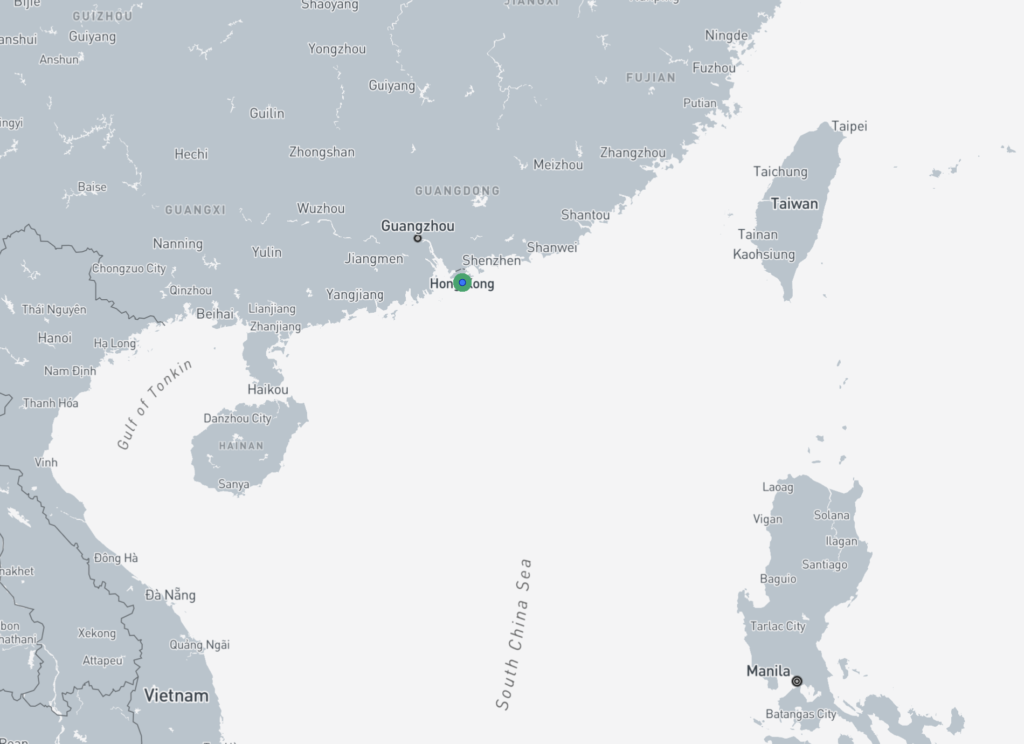
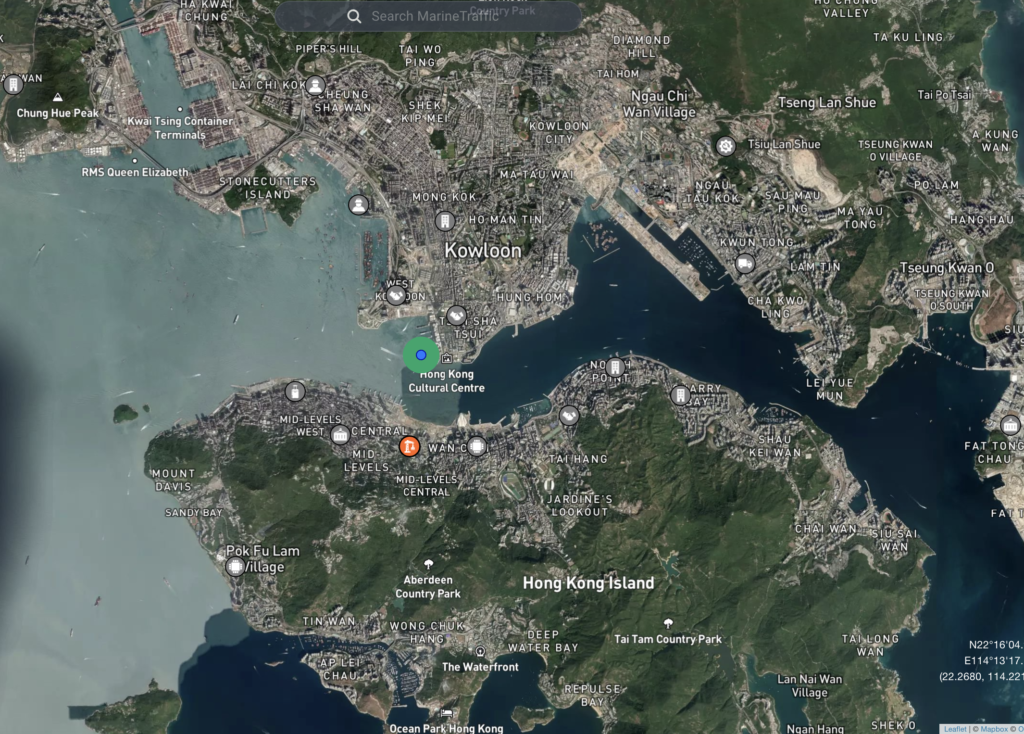
Noon Report:
- Location: N 22° 17.66′, E 114° 09.95′
- Speed: Docked
- Course: Docked
- Weather: Partly Cloudy
- Temperature: 22º C; 72º F
- Wind: NE 12 knots; 14 mph
- Sea: Calm
Nothing much happening this morning, except…
Bags were due outside our door by 8:30 so we were up at 7:30 to get the day started. We were packed and bags out with 5 minutes to spare so we celebrated by going to breakfast. Of course everyone on the Viking pre-cruise extension (there were upwards of 100 of us) also get their bags out at 8:30 and decided to celebrate by going to breakfast. Needless to say it was a zoo.
Along the way we confirmed that they do, in fact change the carpet in the elevators daily.
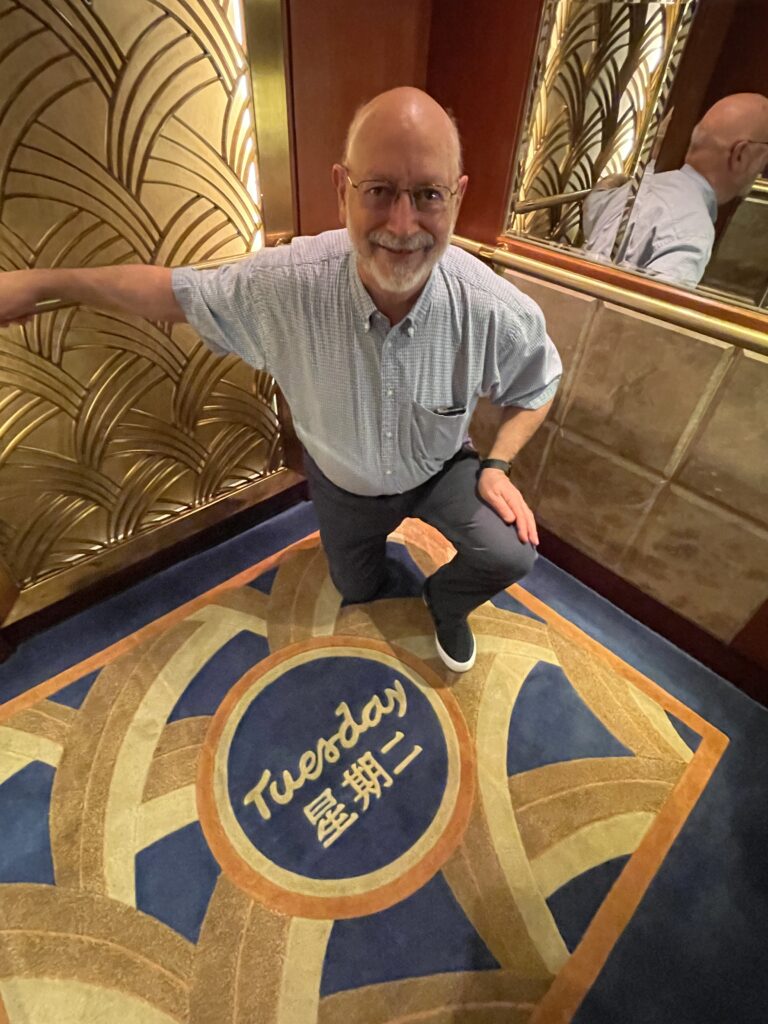
After breakfast we relaxed for a bit before walking over to the Art Museum.
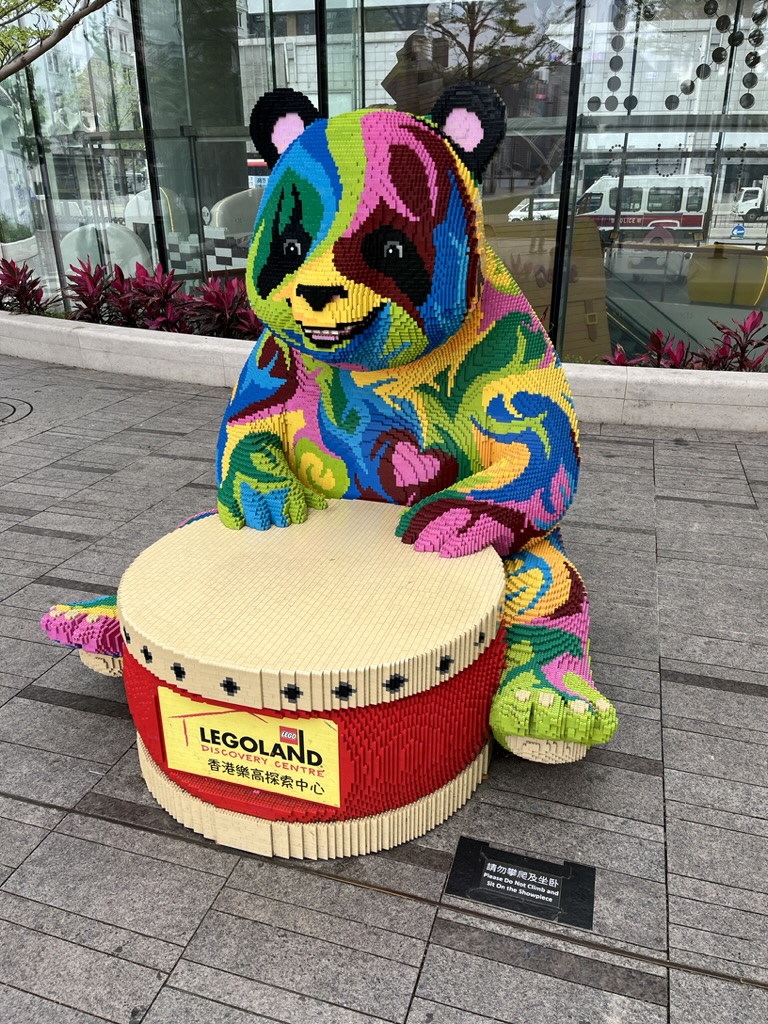
The museum presents a sampling of a broad range of Chinese art – mainly thru the colonial period.
-=-=-=-=-=-=-=-=-=-
Cheryl’s Factoids:
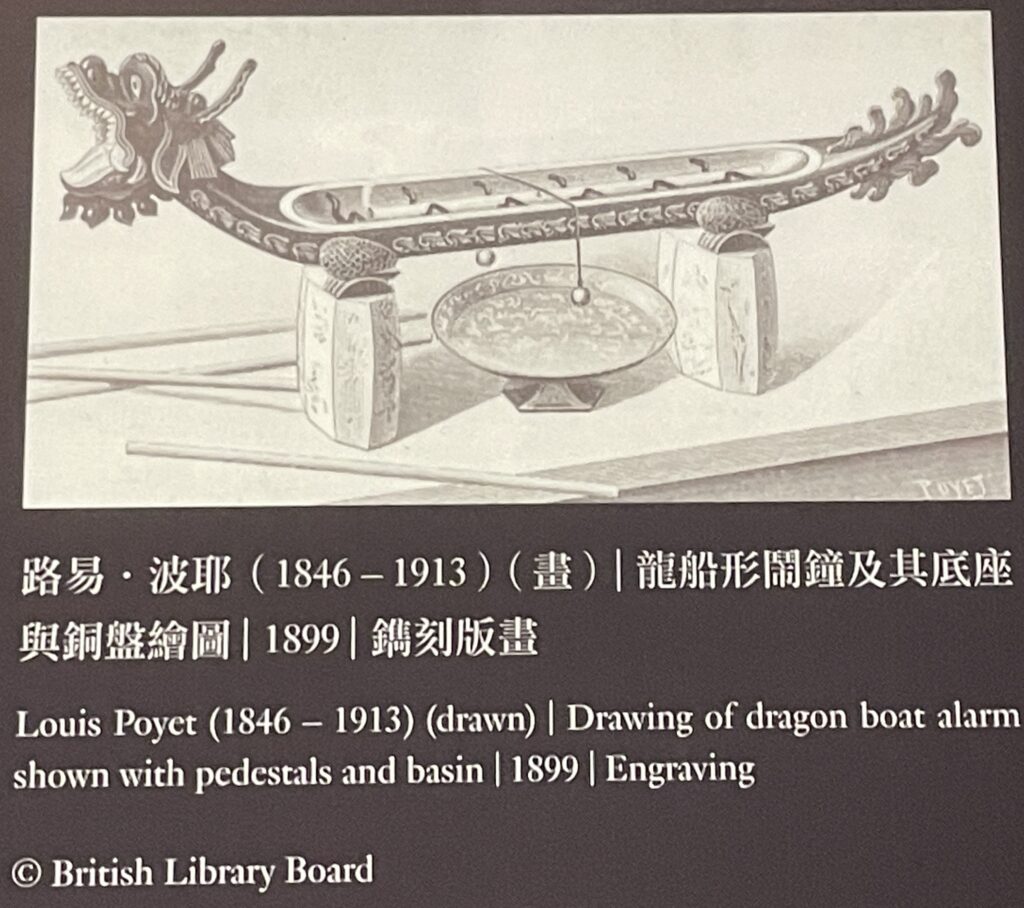
In the museum I was amazed to discover how the ancient Chinese kept time – by burning incense! An instrument called an incense clock was used and a dragon boat was the most popular design. The user propped the boat up with wooden blocks under its claws and a metal tray underneath, then placed a lit incense stick inside the hollow silver hull. Along the hull are notches evenly spaced out, based on the length of the incense stick. A silk thread attached with metal buttons on each end was hung over each notch. When the incense stick burned at one of the notches, the silk thread snapped which caused the two metal buttons to fall onto the tray and made a sound that signified that the time had elapsed. When the British arrived with accurate mechanical time pieces, clocks and watches became a significant import to the Chinese.
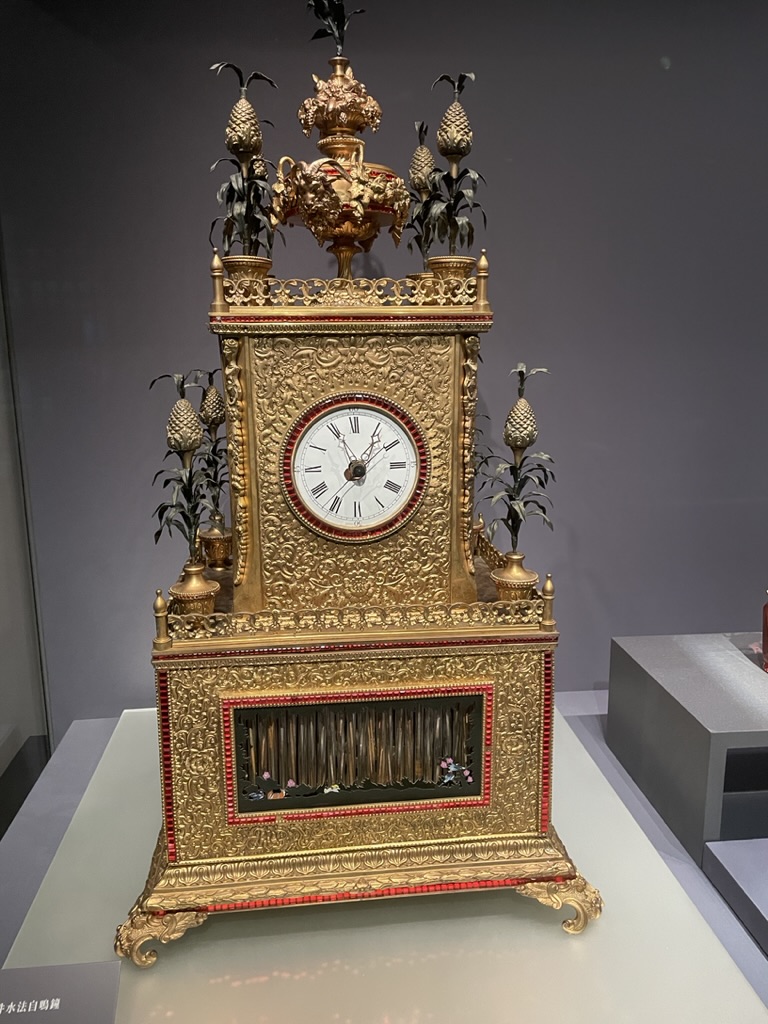
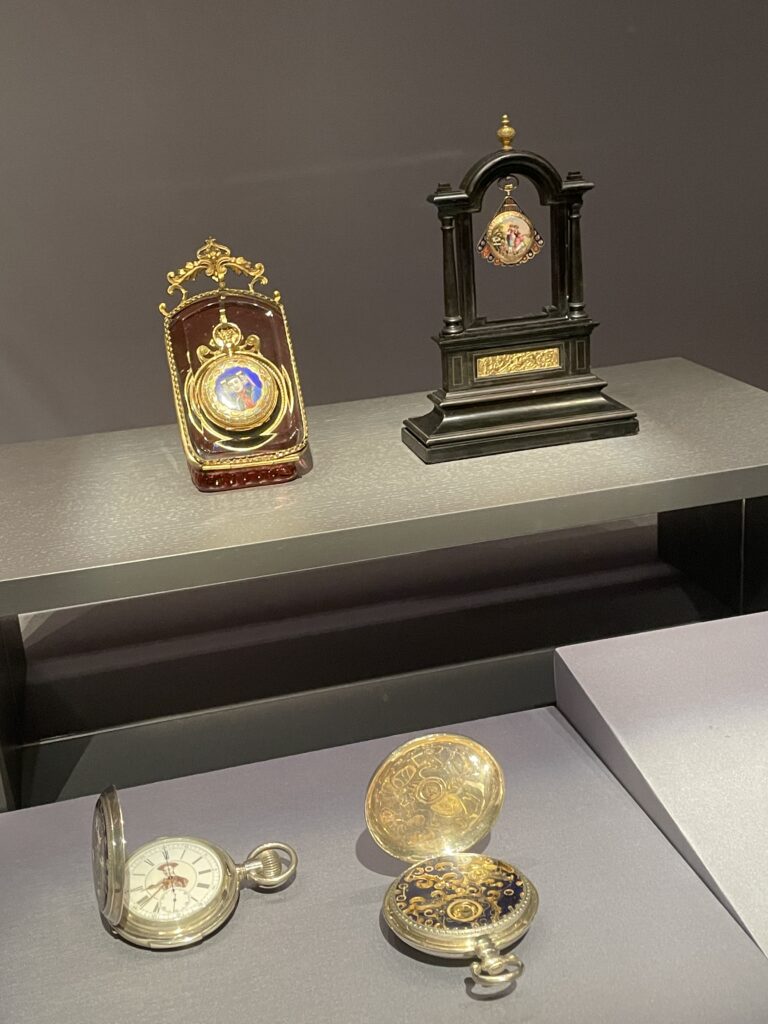
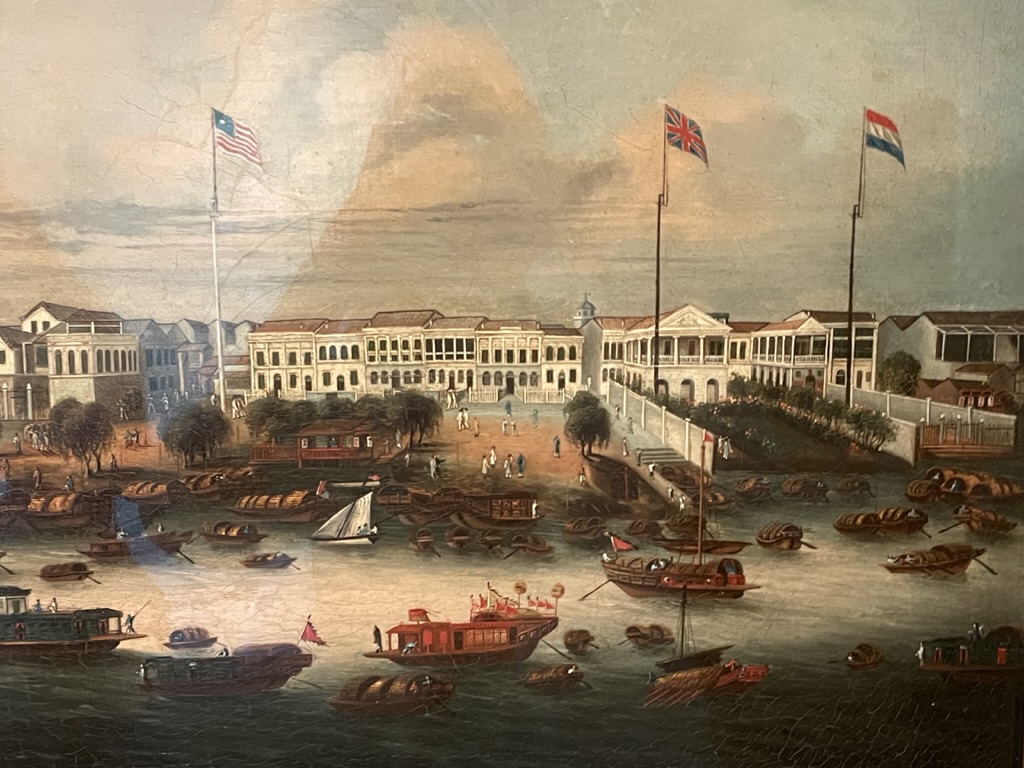
In this image you can see the western style of the “factory”buildings (each marked by their country’s flag) where all the foreign traders were required to live (above the factory floors) and trade. In 1757, the Qing government ordered the closure of any other trading ports and confined foreign trade to Canton. During this period, known as the Canton System, foreign traders were obliged to remain in the foreign factories, a district outside the city walls to the southwest of the Canton city and were only permitted to travel outside on designated days of each month, in the company of a linguist. Chinese people were not allowed to learn English but clever traders soon developed a pidgin trading language. It was not until the end of the First Opium War in 1842 that Britain forced the Qing government to open the other trading ports. The single port arrangement came to an end.
-=-=-=-=-=-=-=-=-=-
We briefly visited the children’s floor. One of the displays was a wall of cubbies, each one labeled with a date. The idea was that you would write a greeting and put it in the cubbie for your birthdate. We didn’t do that but we noted that the cover for each cubby had a unique pattern. So I took photos of all our patterns. Enjoy.
Of course you can’t leave a museum without checking out the gift shop. Here are a couple of photos.
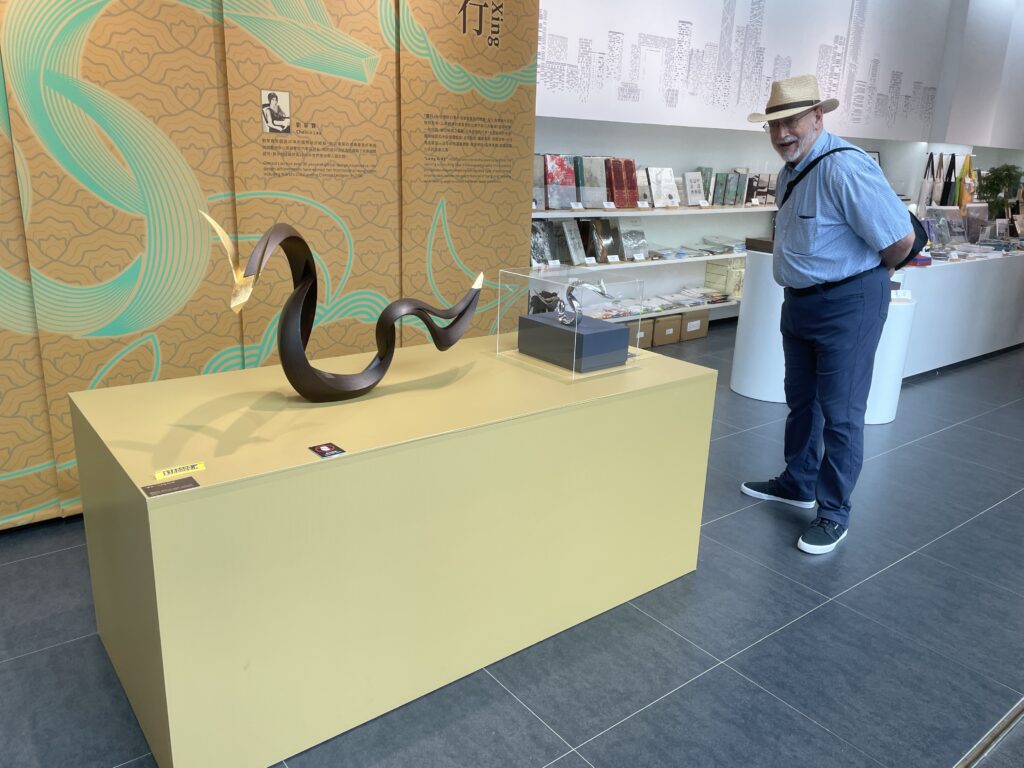
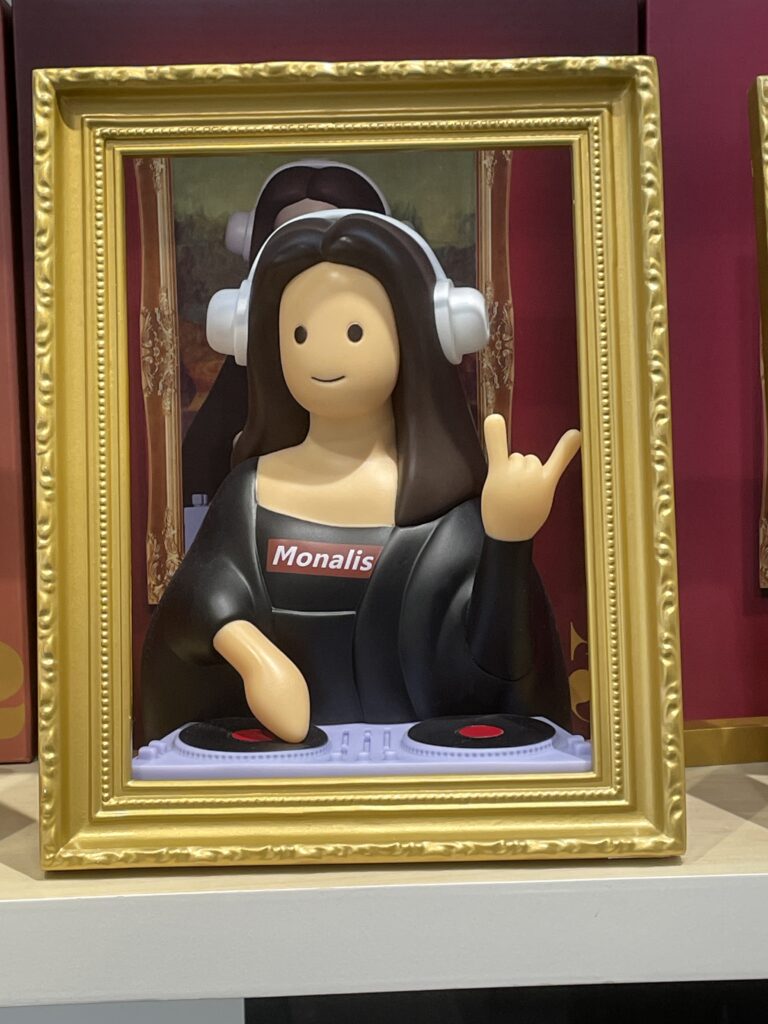
One last walk back the strand and we arrived at our hotel where we enjoyed a quick lunch at the restaurant named Tapas. Yes, I had Piella. No, I’ve had better in the Basque block in Boise.
By the time we finished lunch it was almost time to get on the bus for the short ride to the ship.
We got checked in in pretty short order and were on board.
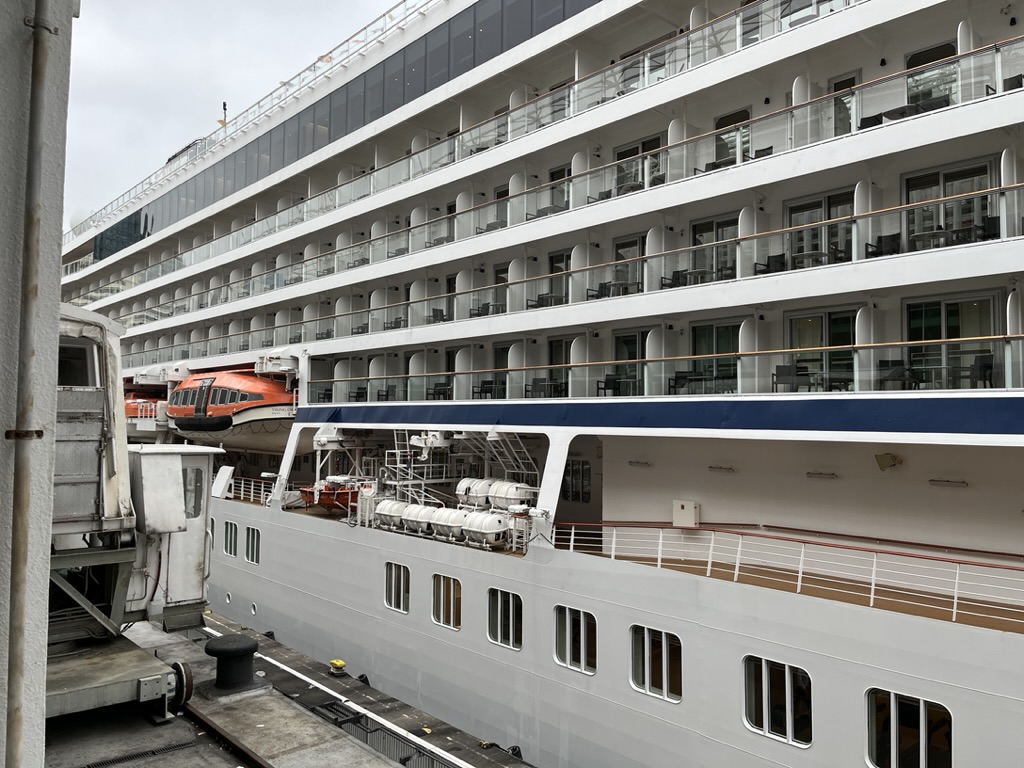
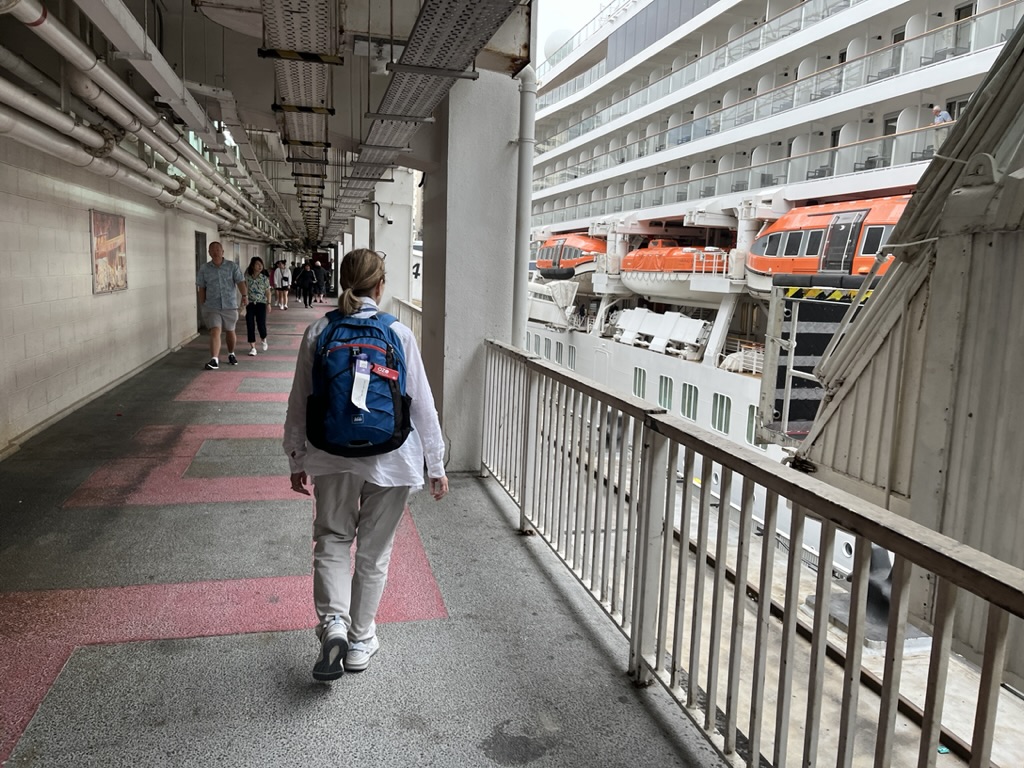
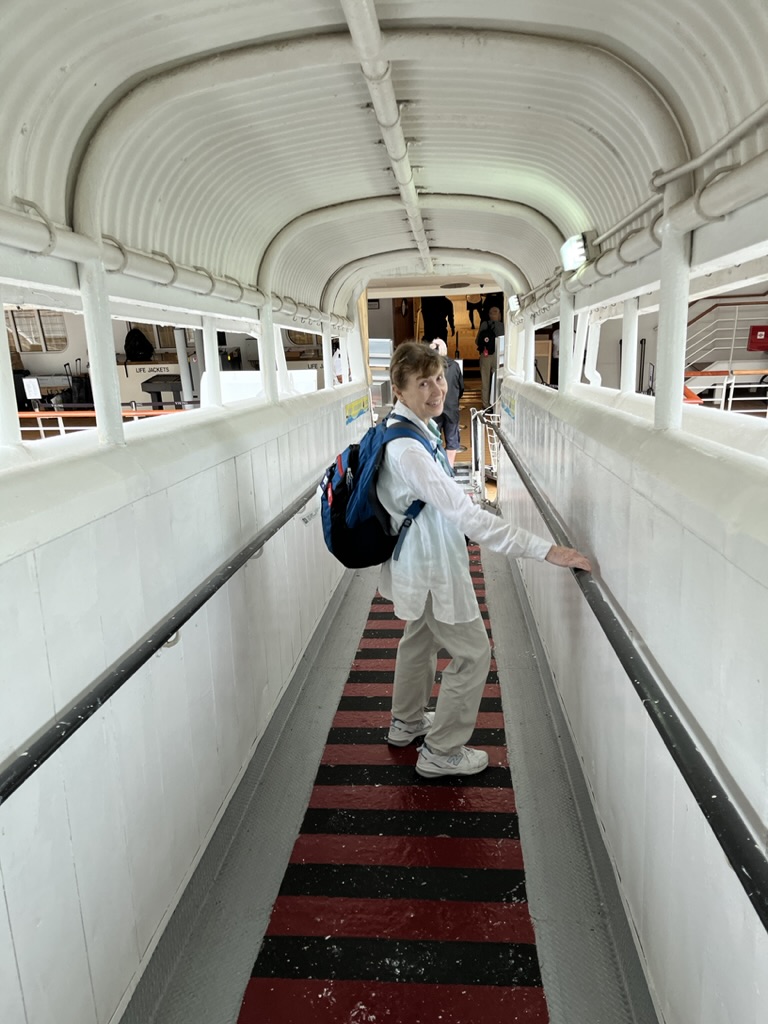
They handed us a glass of champagne and directed us to our muster station where one of our classical musicians demonstrated putting on a life vest.
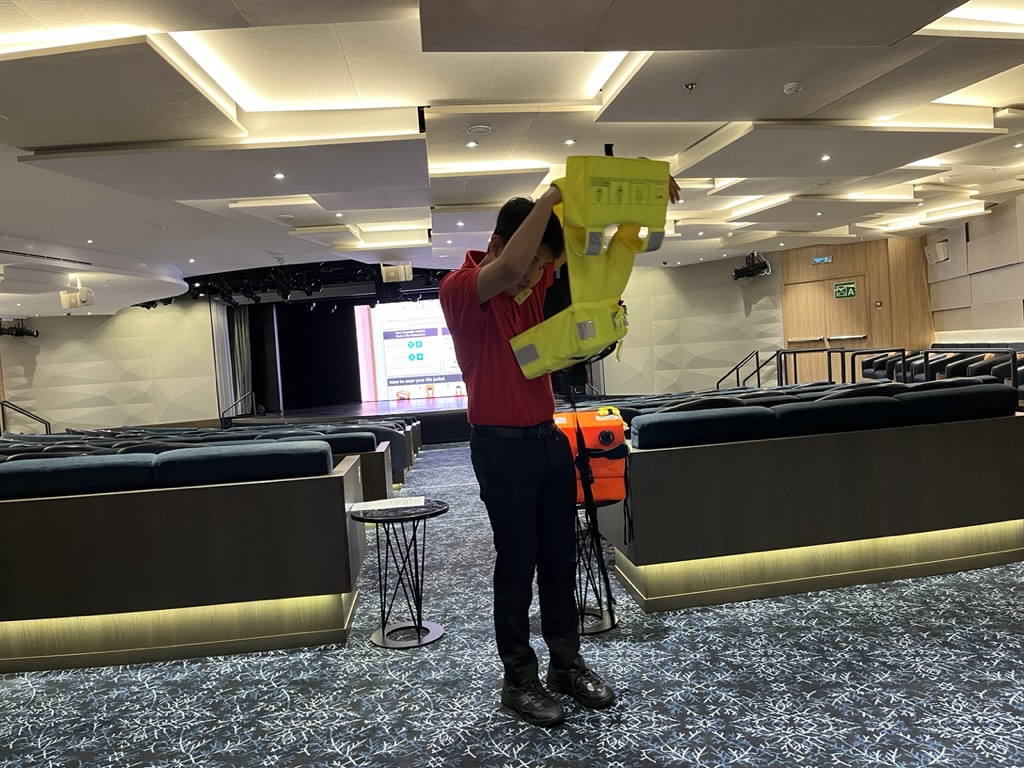
Then we headed to our stateroom to watch the manditory safety video, unpack, spray on a little wrinkle remover, Meet Riva (our stateroom attendant), and begin our journey.
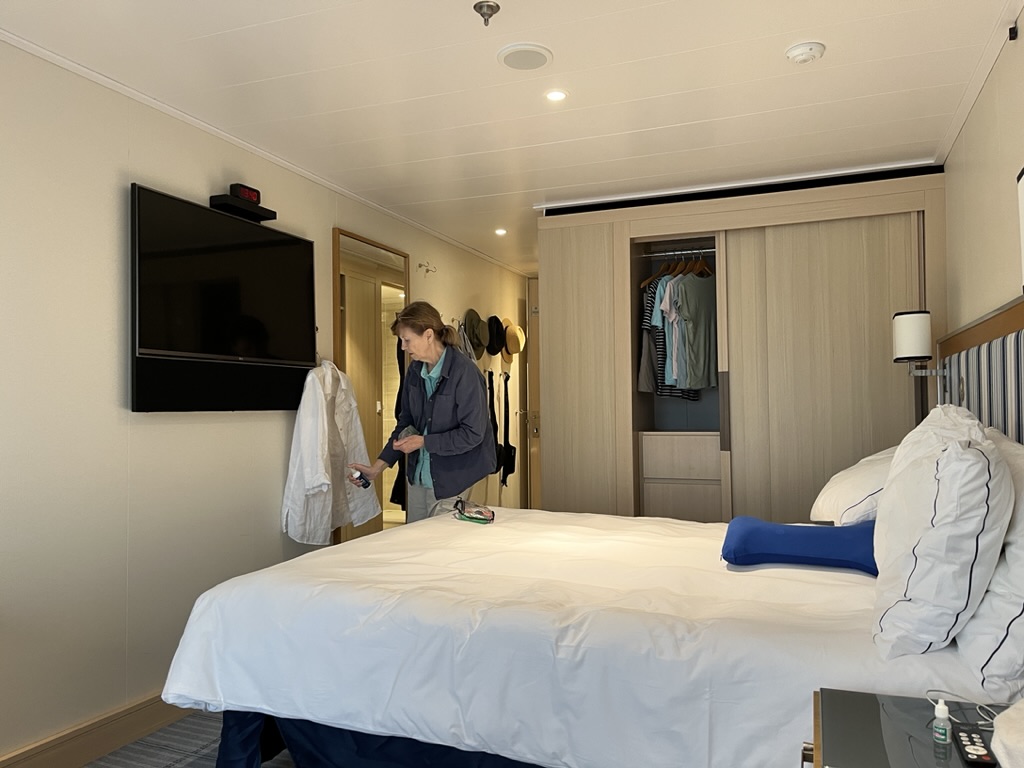
Turns out our cabin on the port side is the lucky side for this port. We’ve got a great view of Victoria Harbor – including a better view of the evening light show (but without the music accompanying the dance).
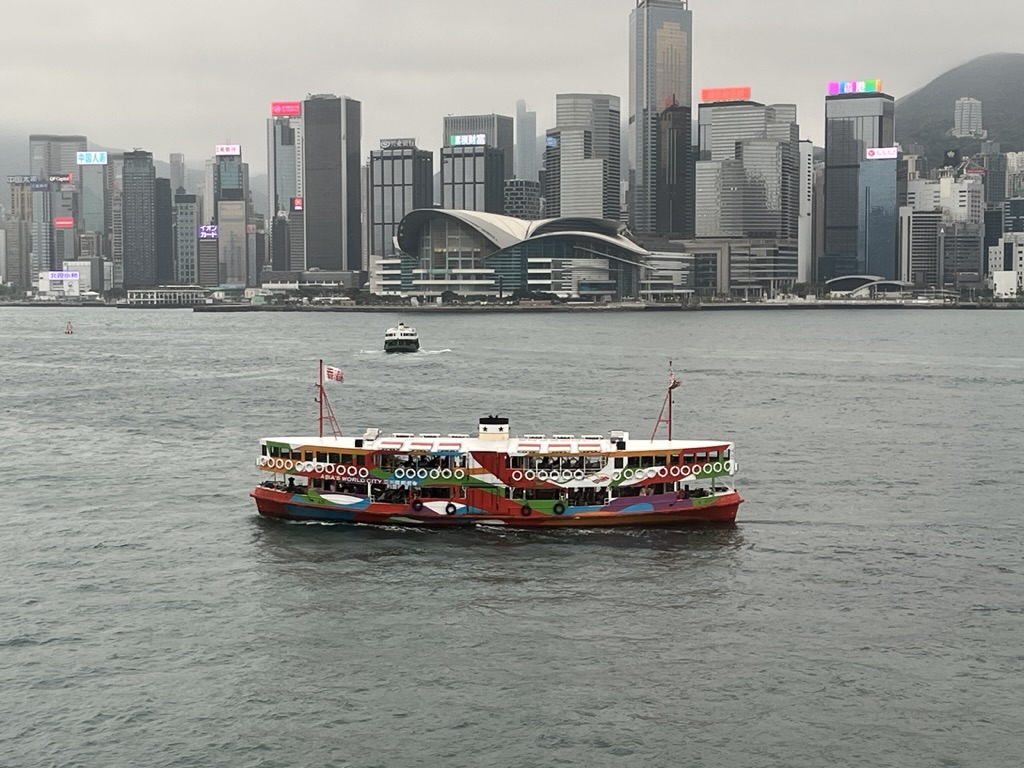
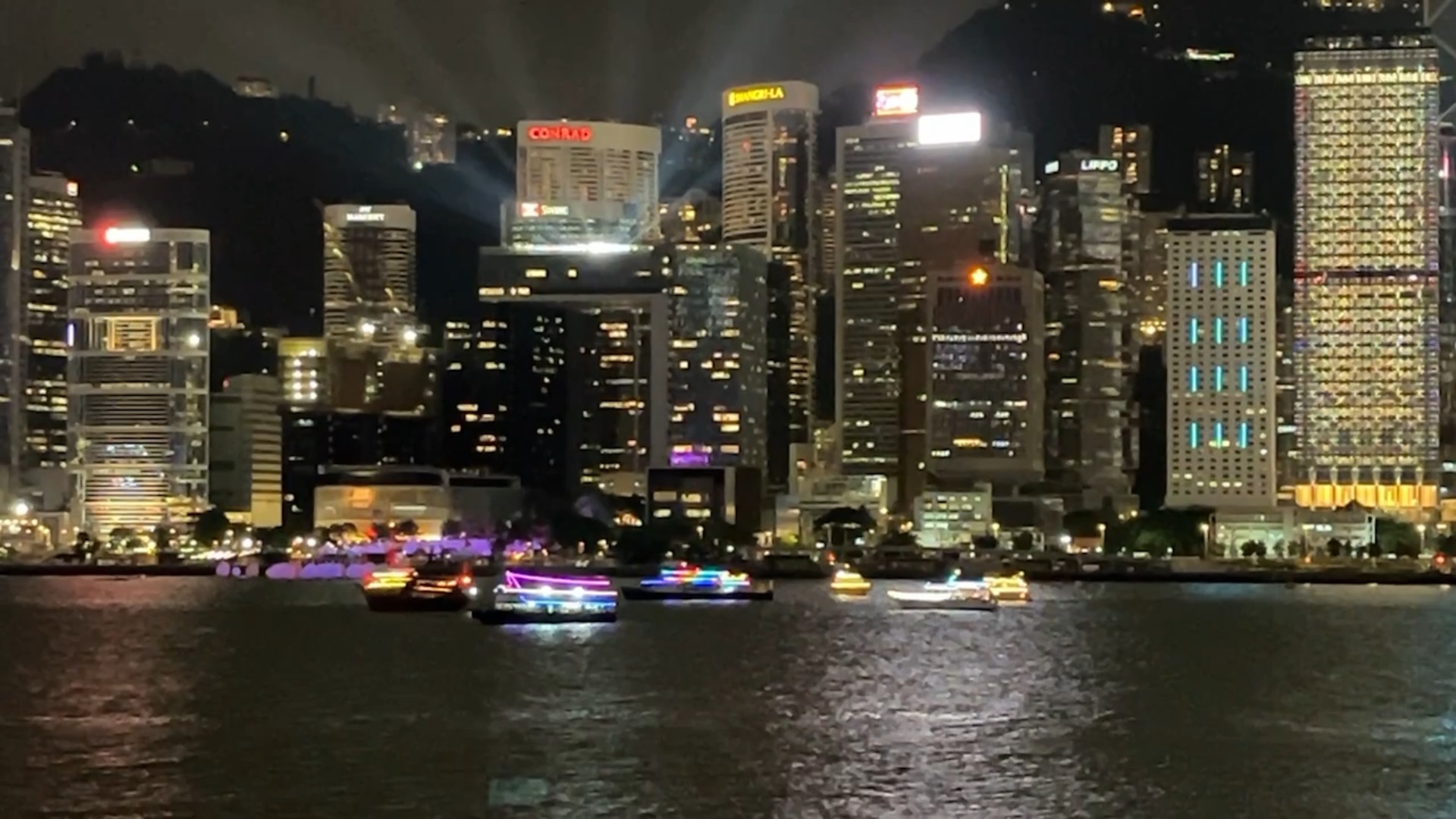
Following the light show we headed down to the theatre for a “destination performance.” There were three acts of varying degrees of excellence.
The first act set a really high standard with their amazing performance.
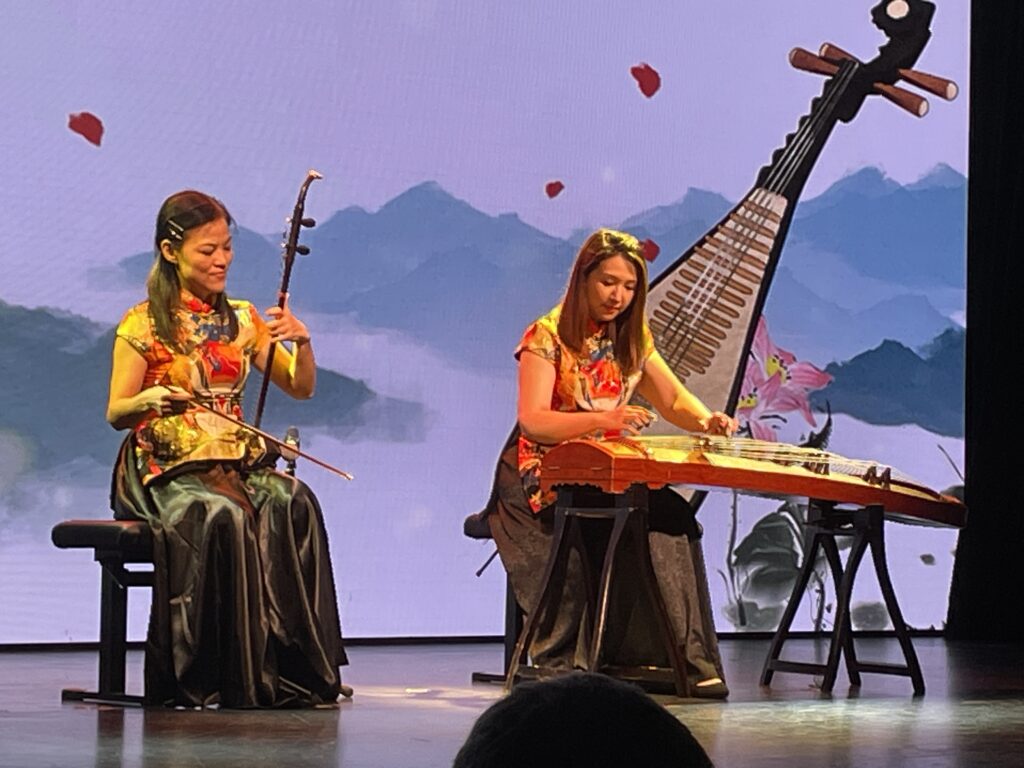
The second act, a dance troupe was a bit less polished but still entertaining.
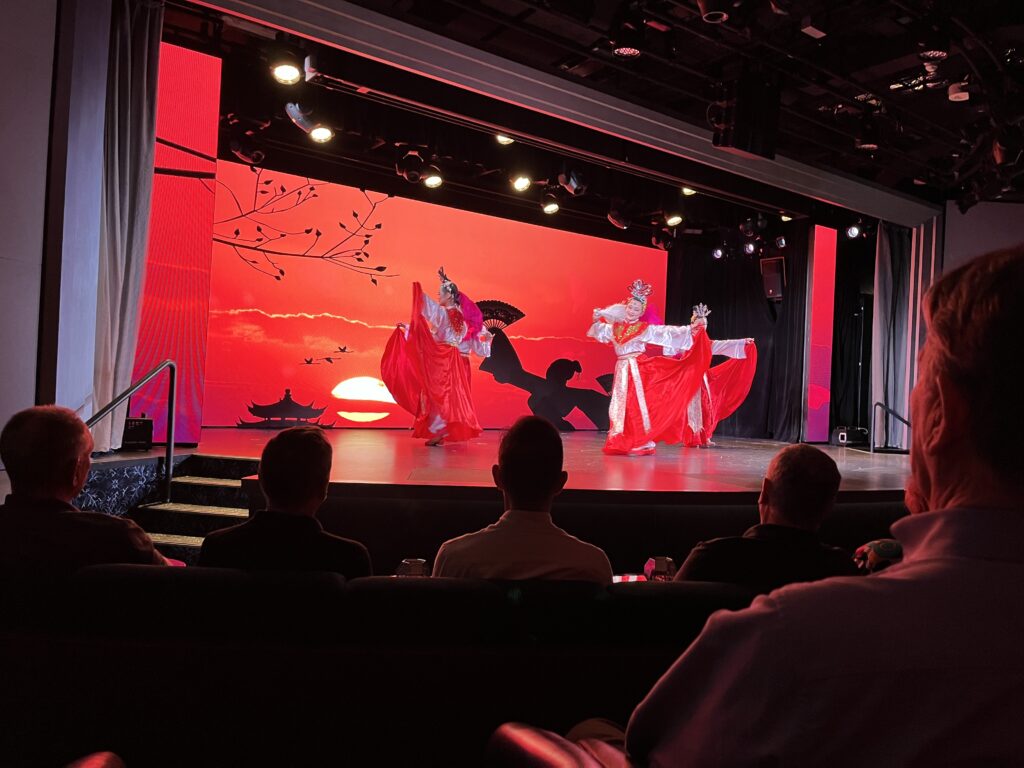
The third act was a performer of Chinese opera whose specialty was changing masks. Thru his act he displayed upwards of 20 different masks, each one changed instantaneously.
Sadly I didn’t get a video showing these changes but here’s a youtube link about the artform: h ttps://www.youtube.com/watch?v=3GrX6jLAKkU Enjoy.
After the show we returned to our stateroom to do a bit of blogging and a bit of sleeping. Tomorrow is our last day in Hong Kong. We have an afternoon excursion that we’re very much looking forward to, but before that we’ve promised ourselves Mamsen’s waffles for breakfast.
So now, to sleep, perhaps to dream – not of sugarplums but of swirls of goat cheese on top of doughy goodness.
Till then, TTFN
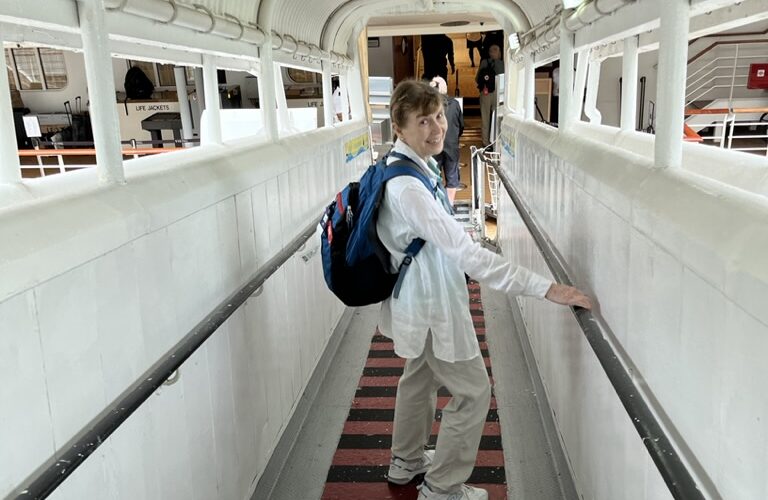
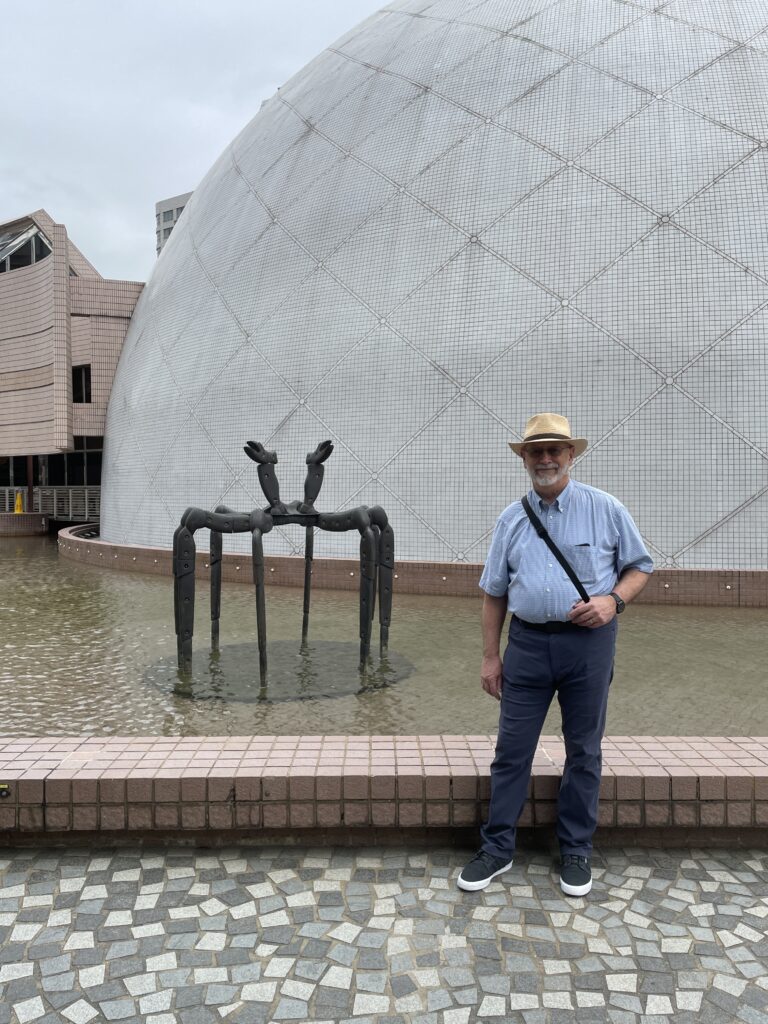
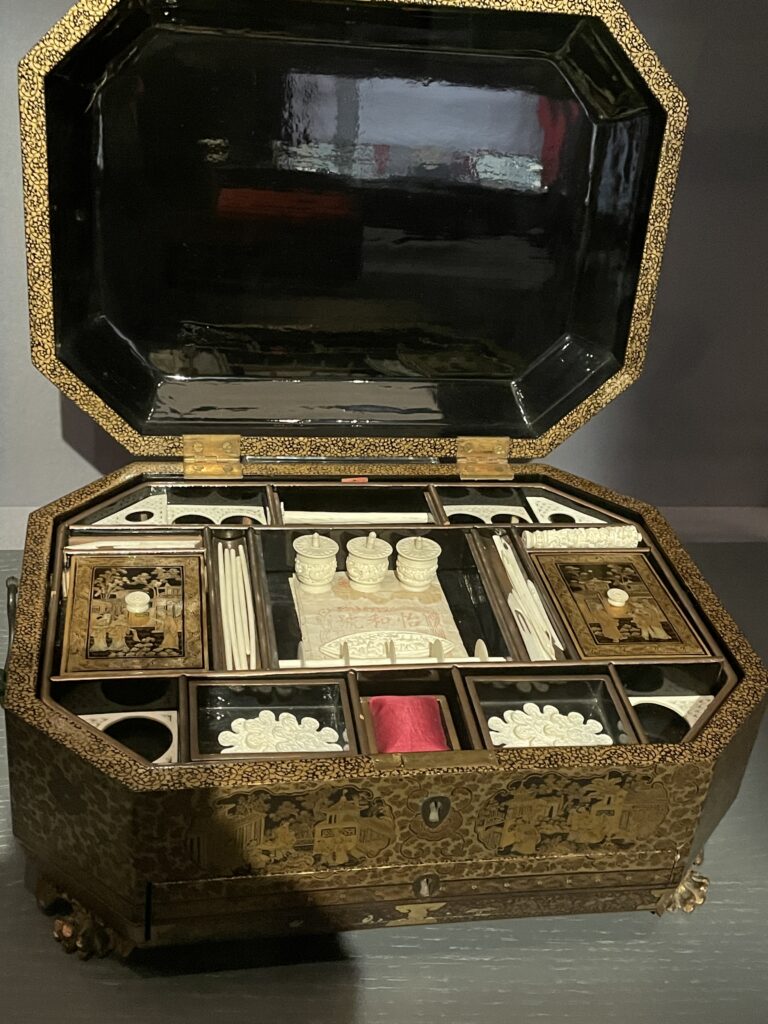
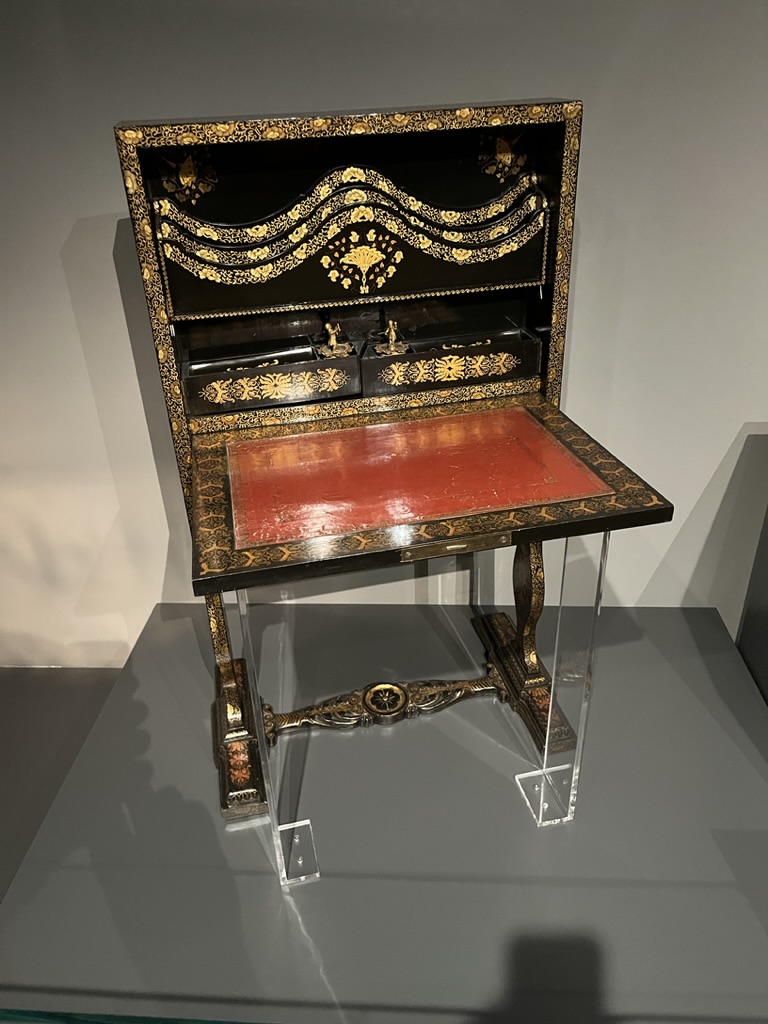
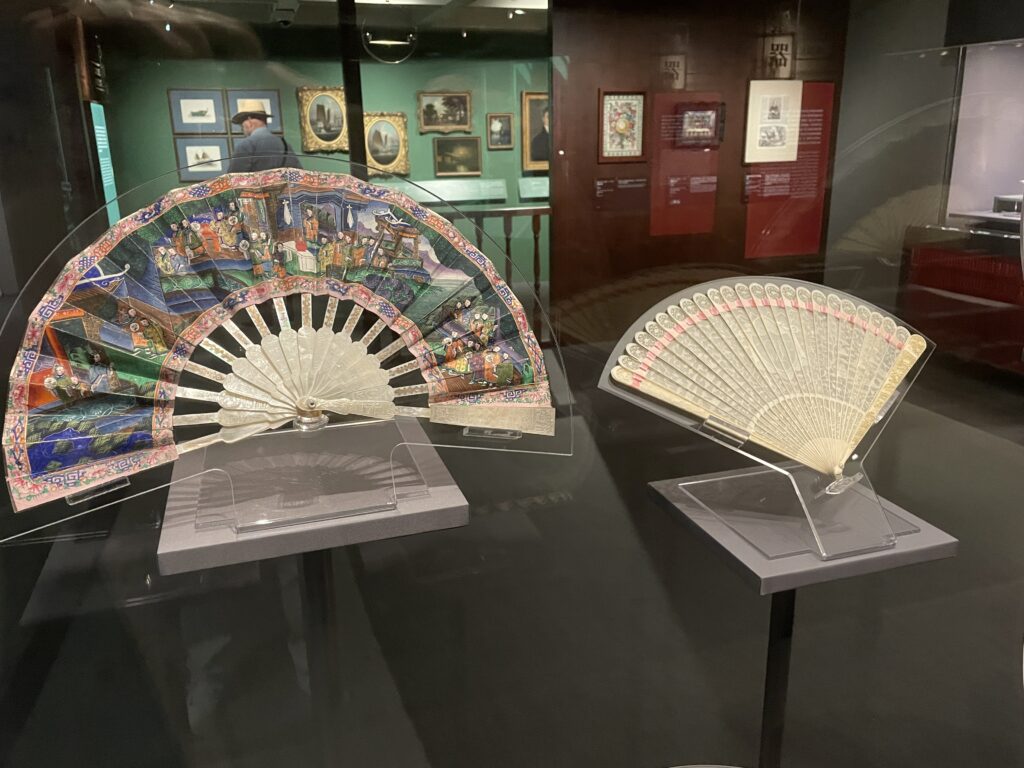
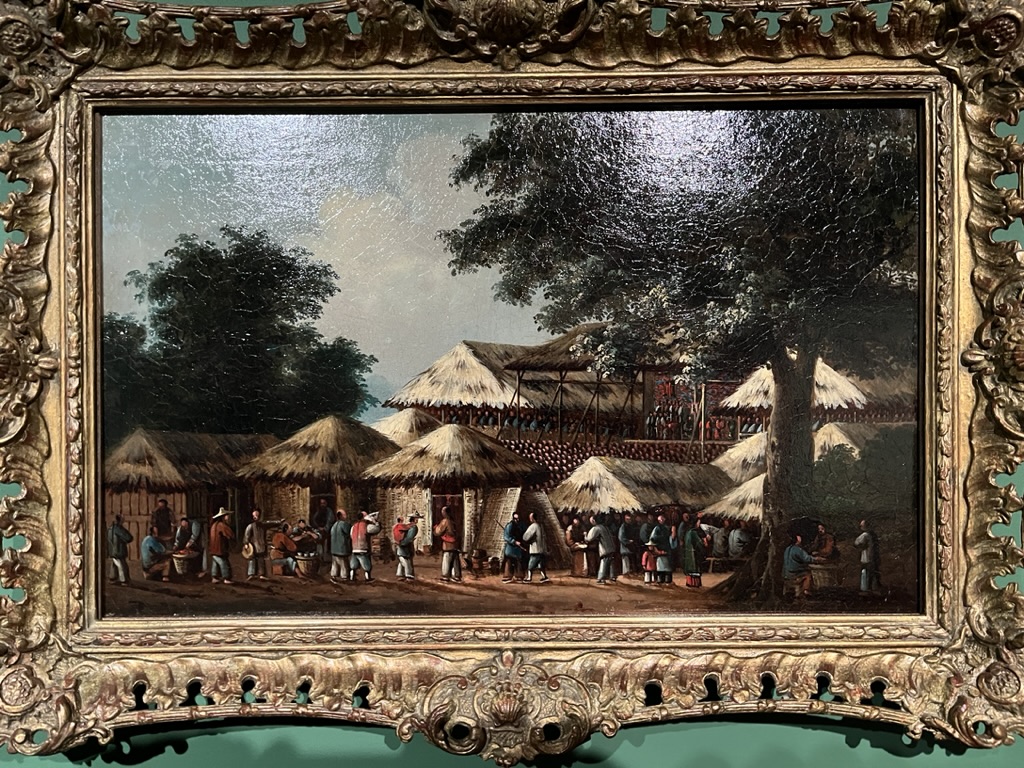
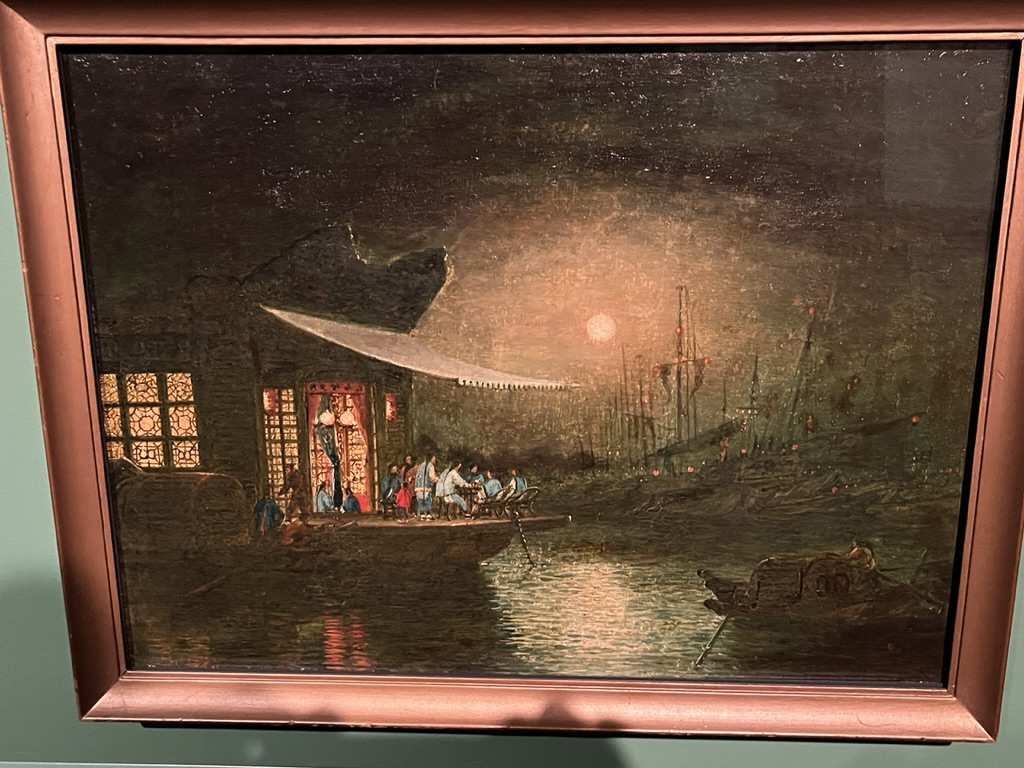
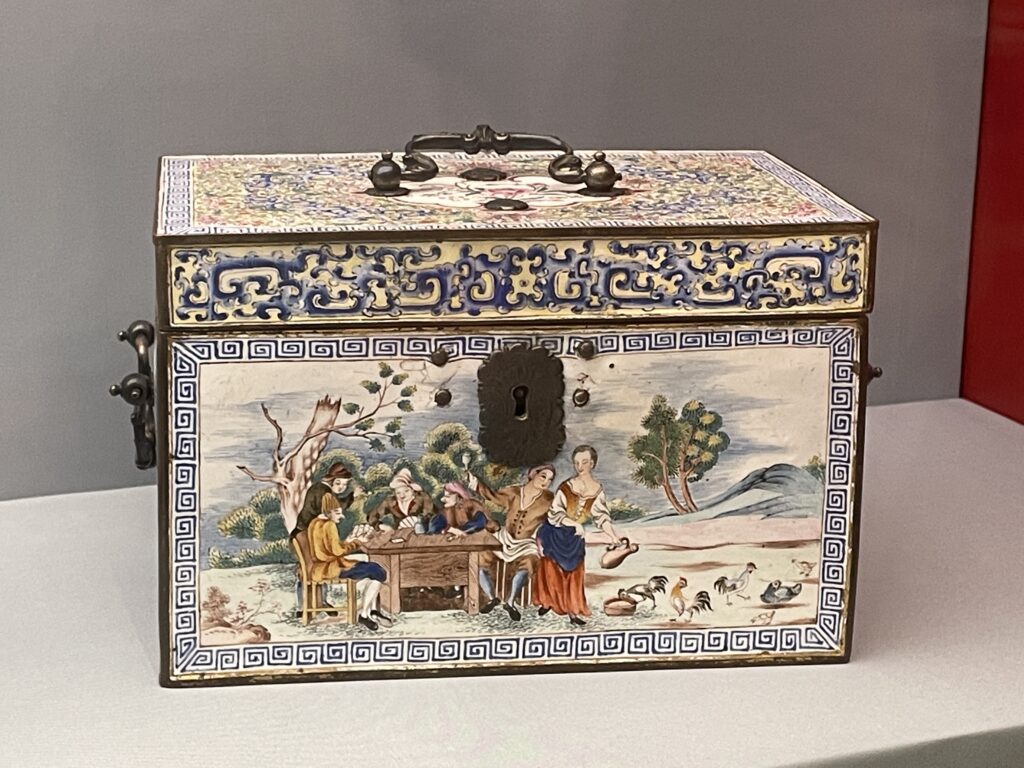
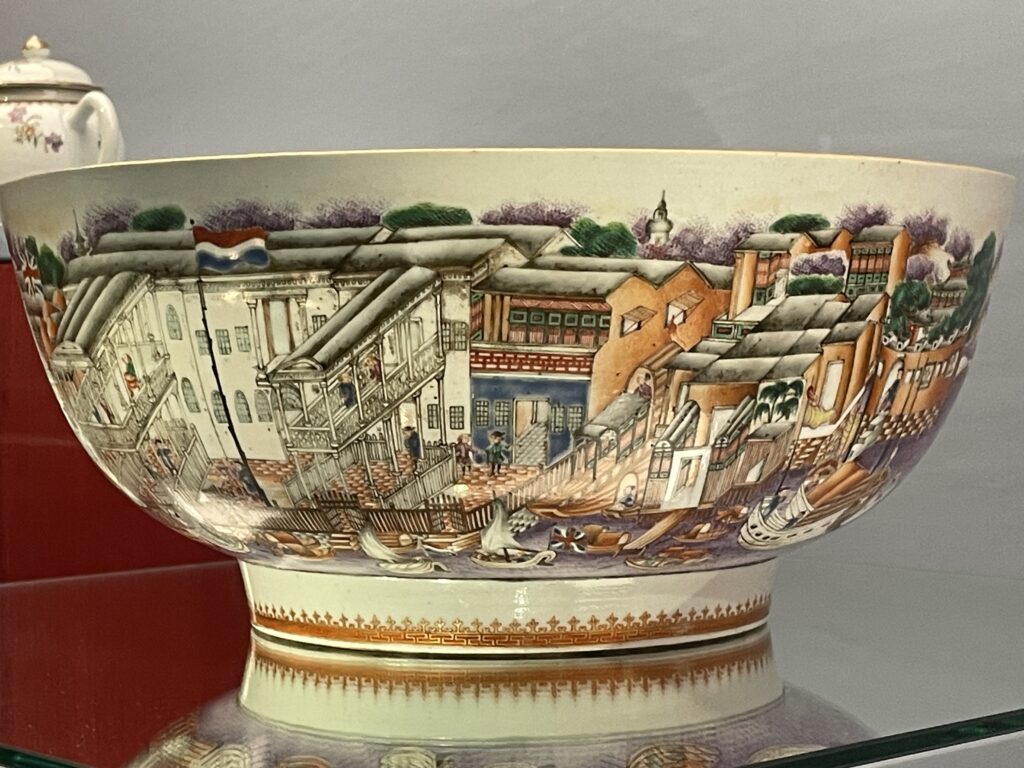
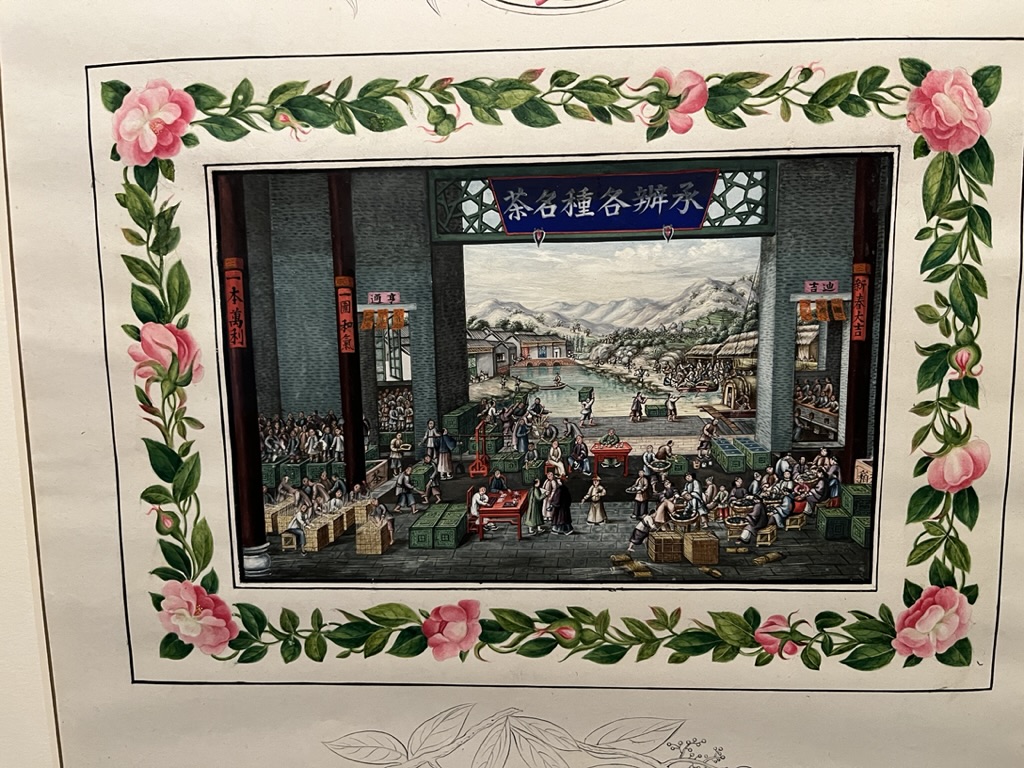
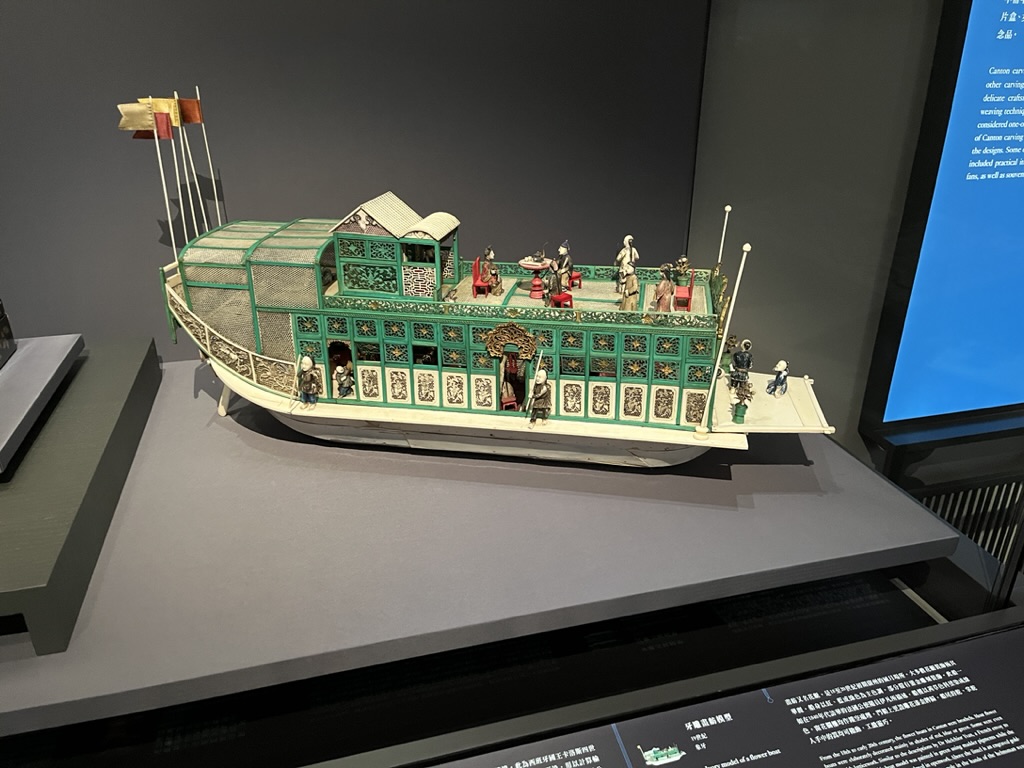
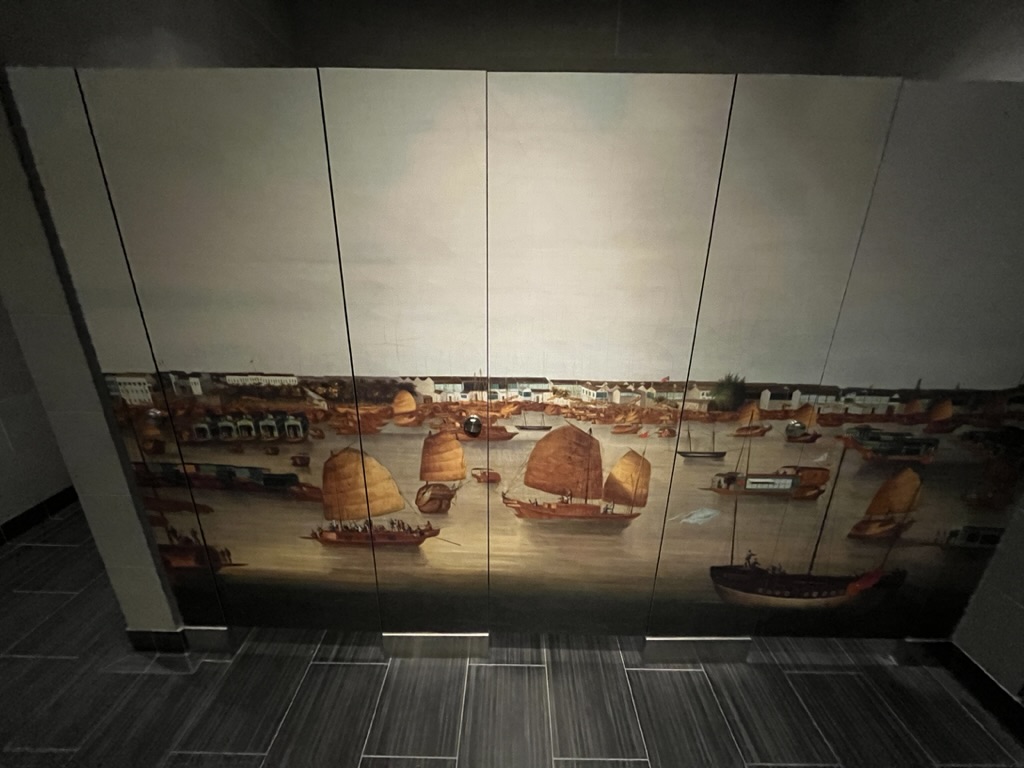
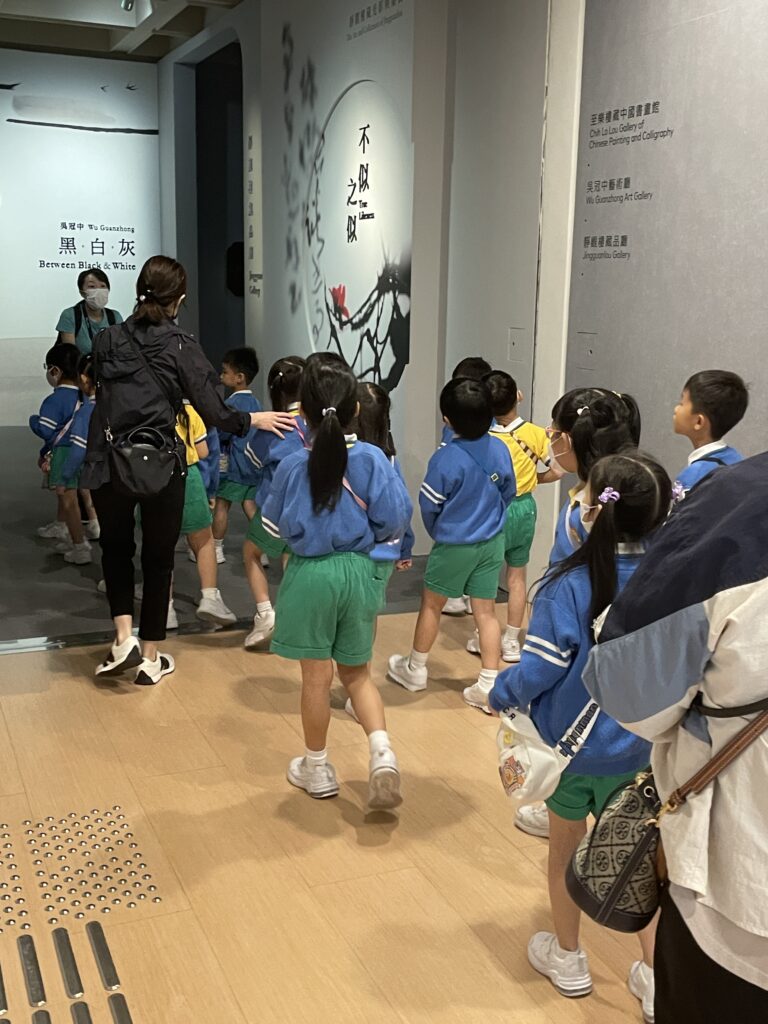
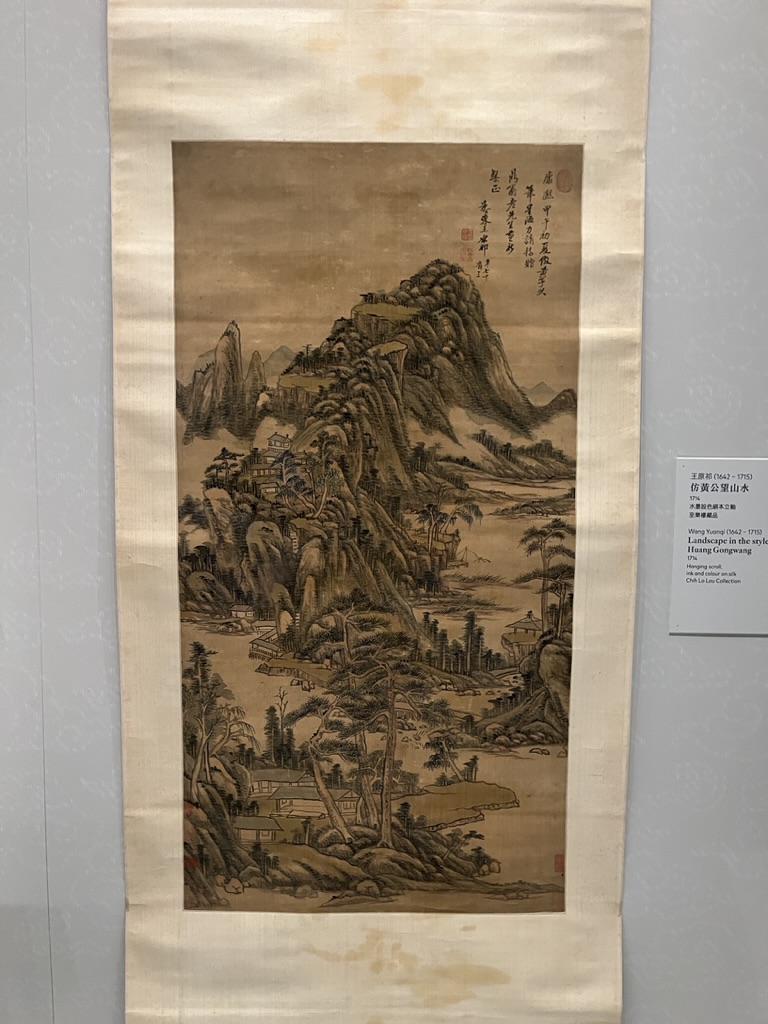
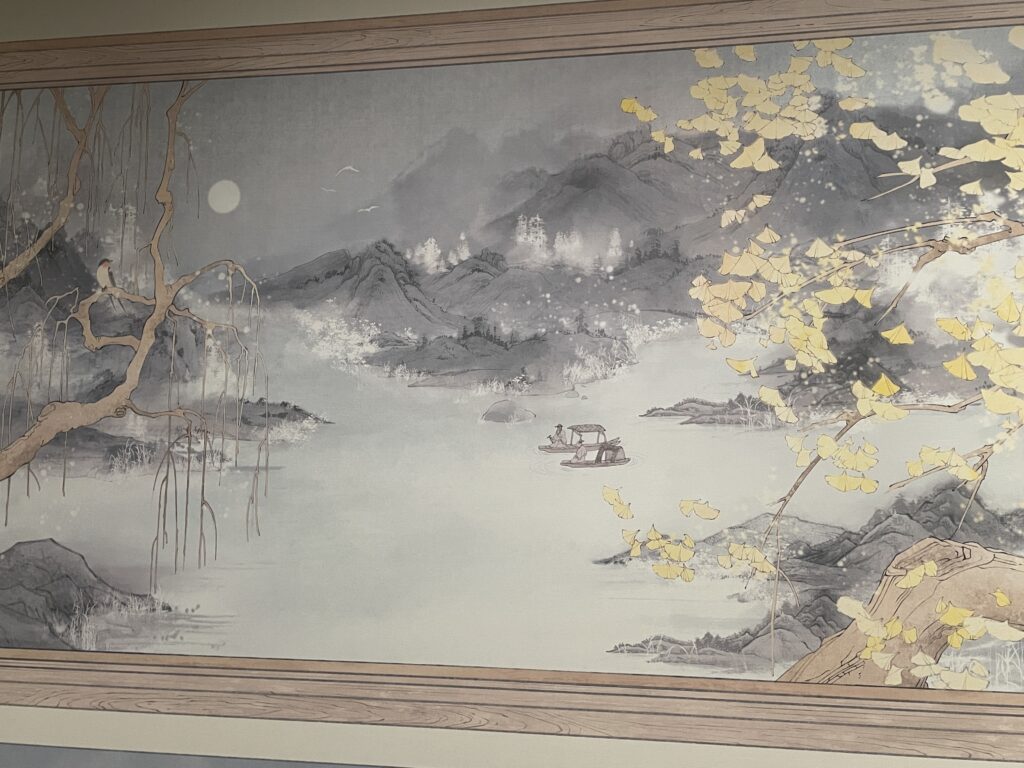
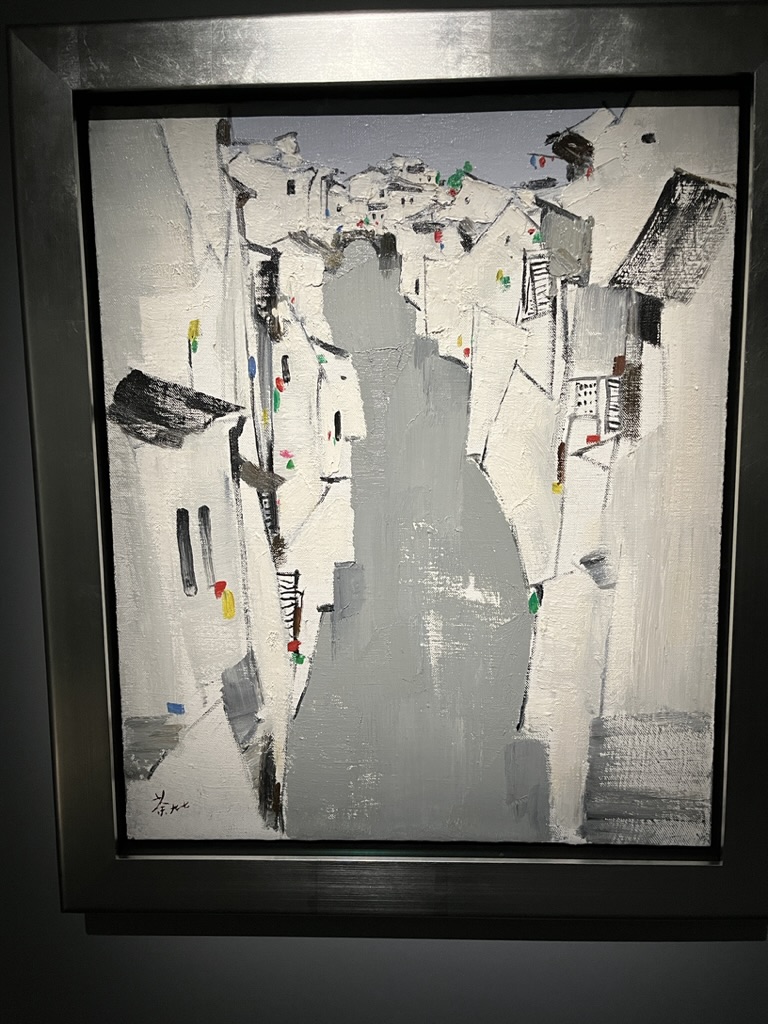
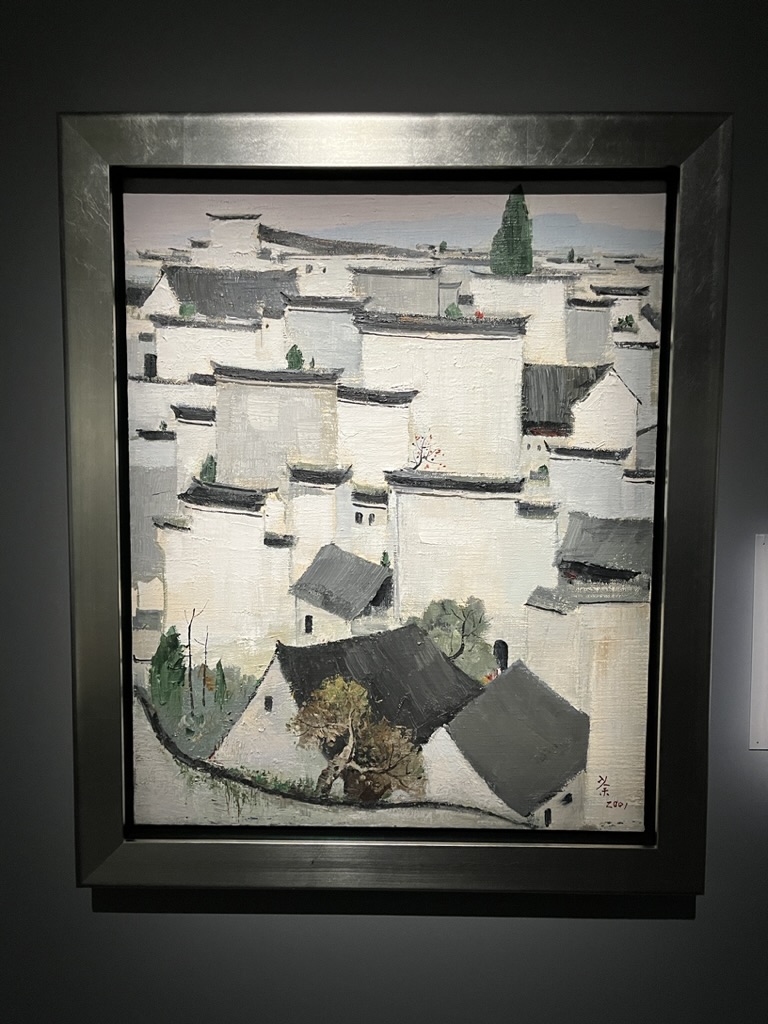
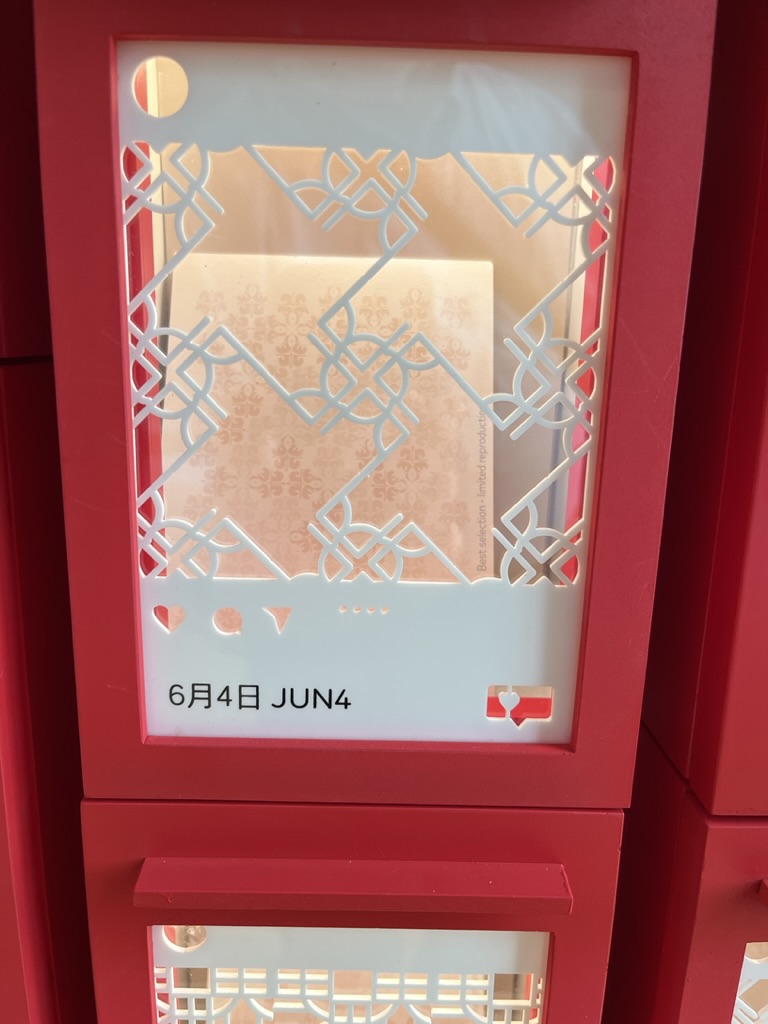
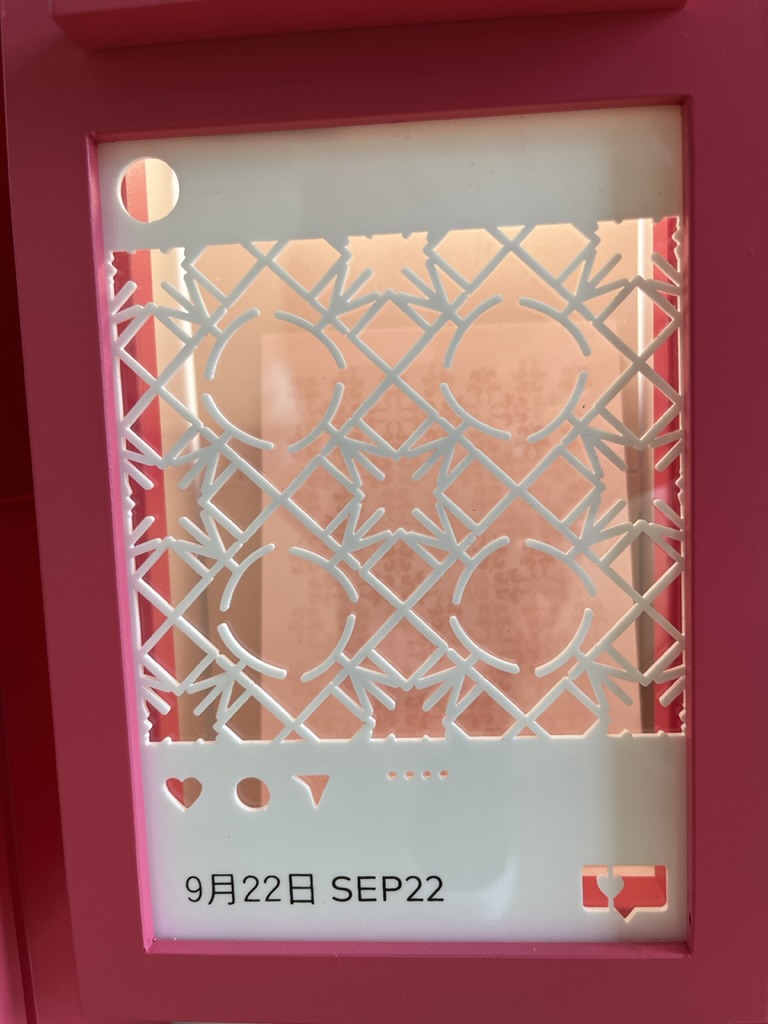
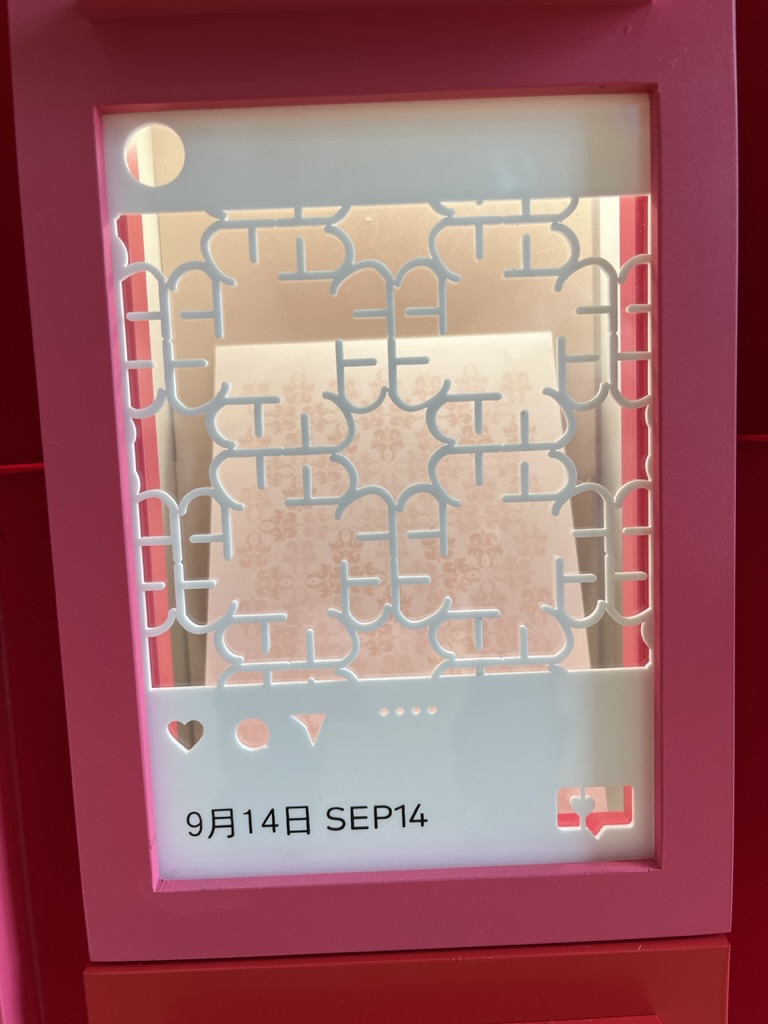
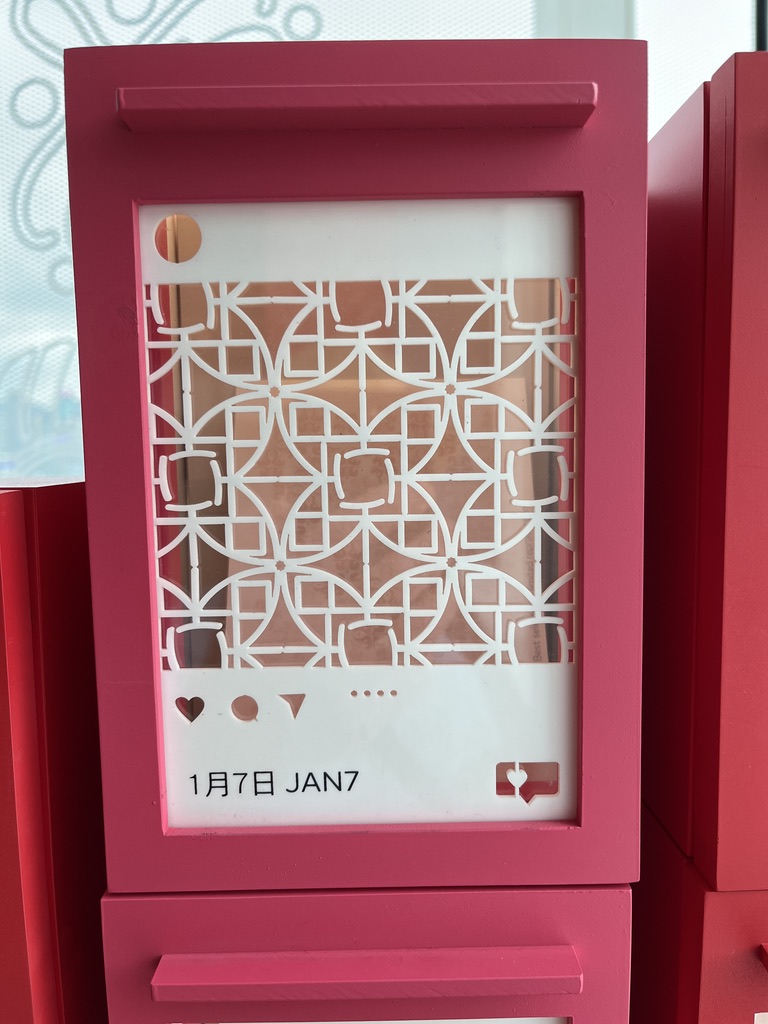
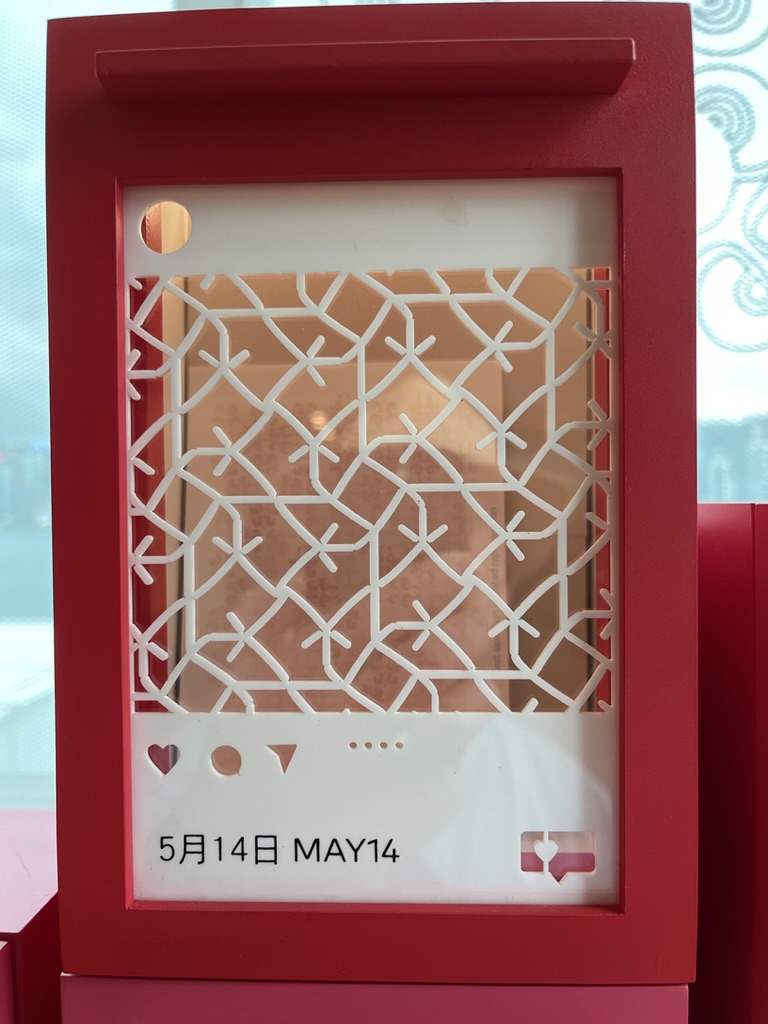
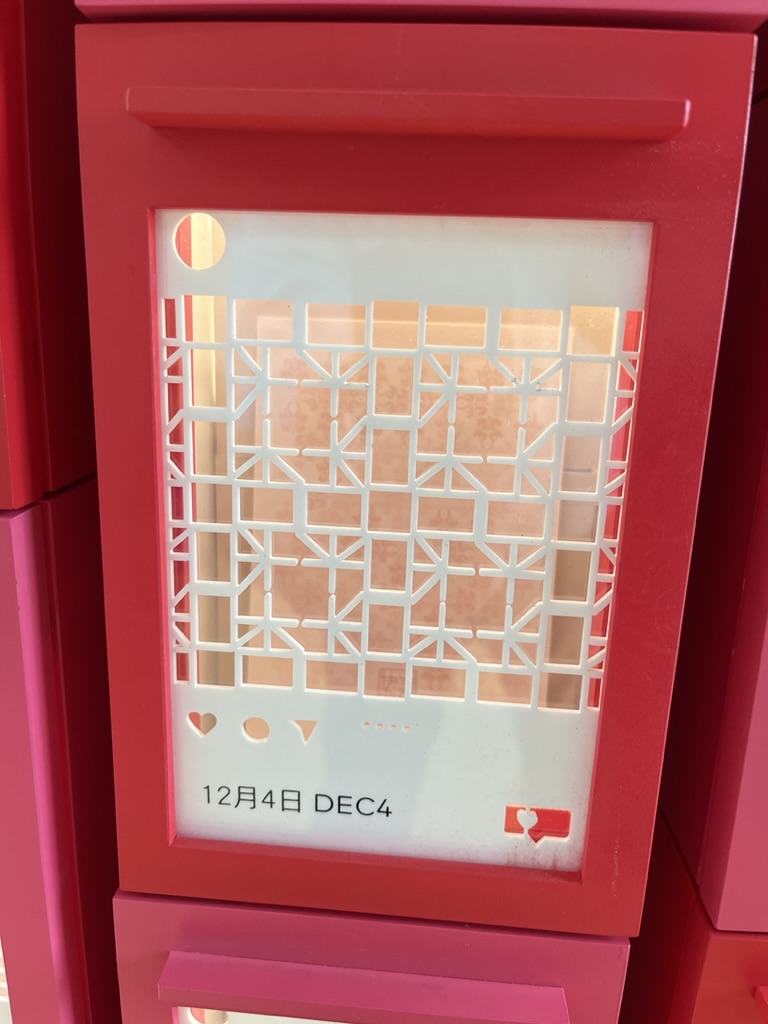
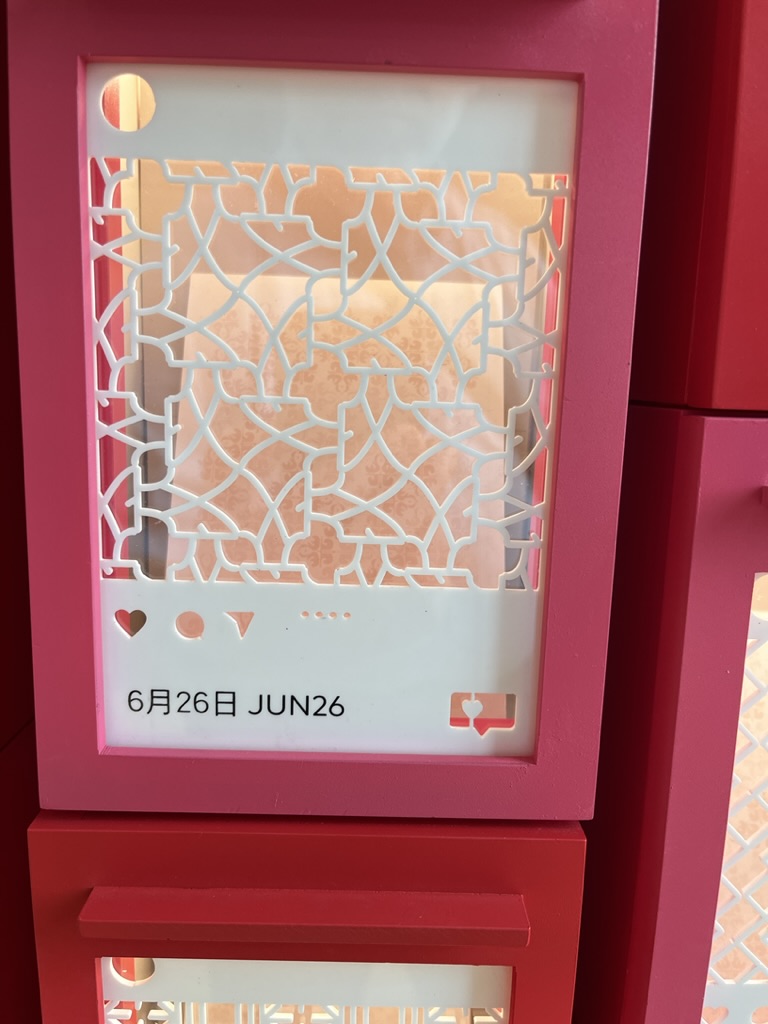
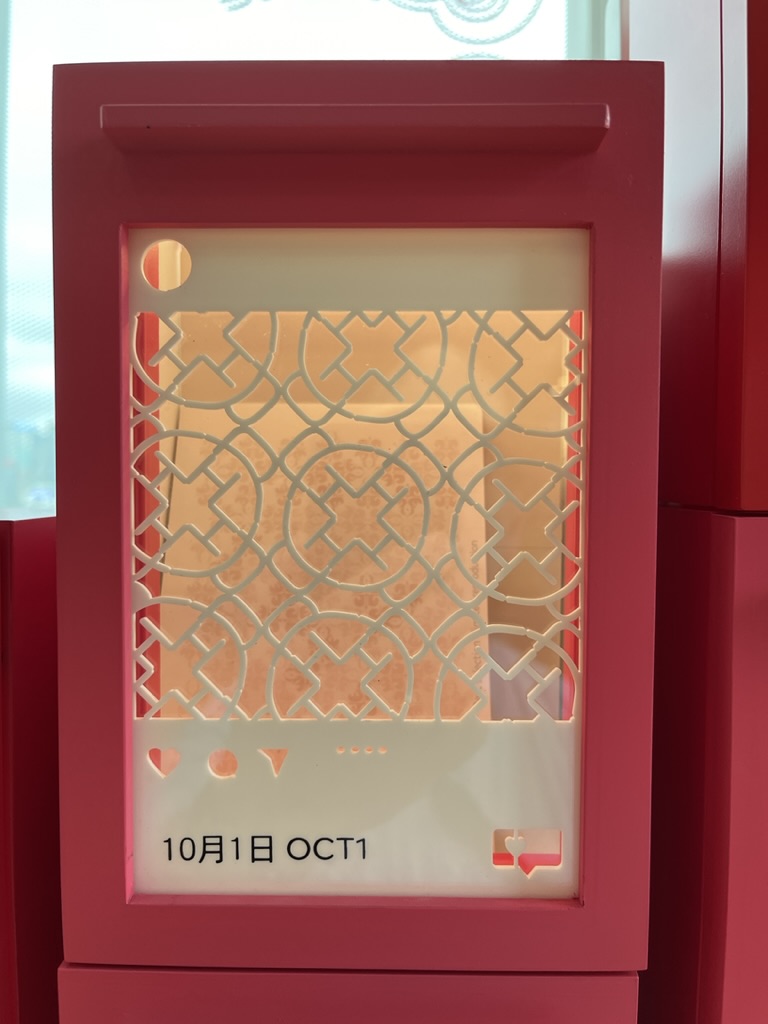
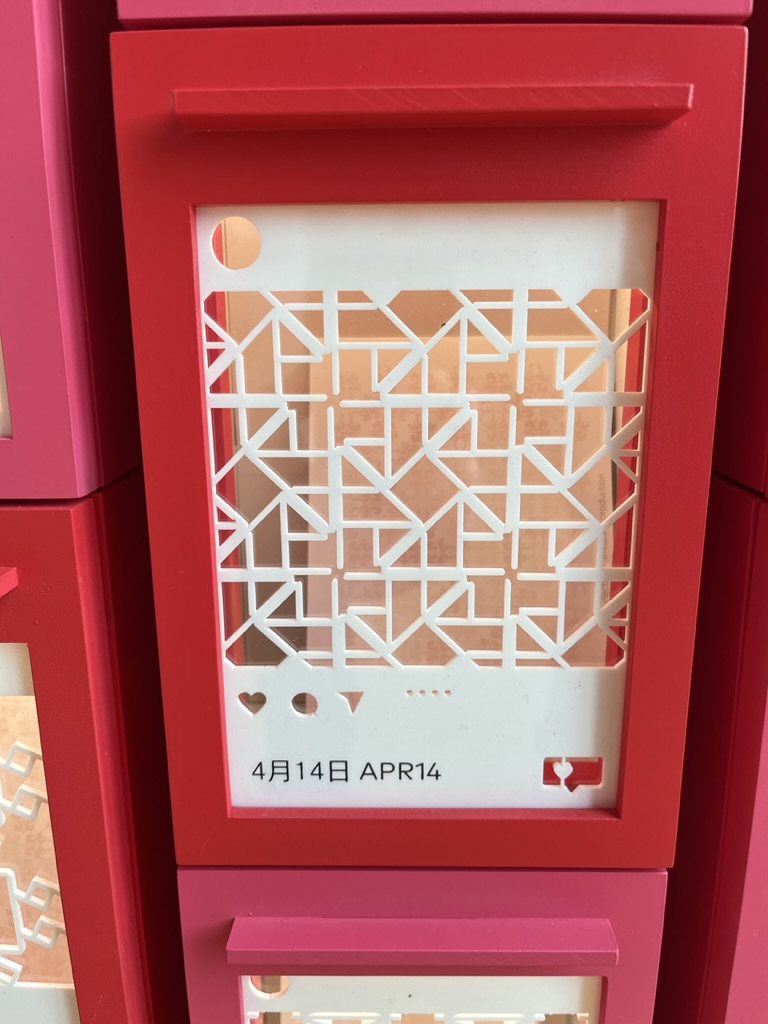
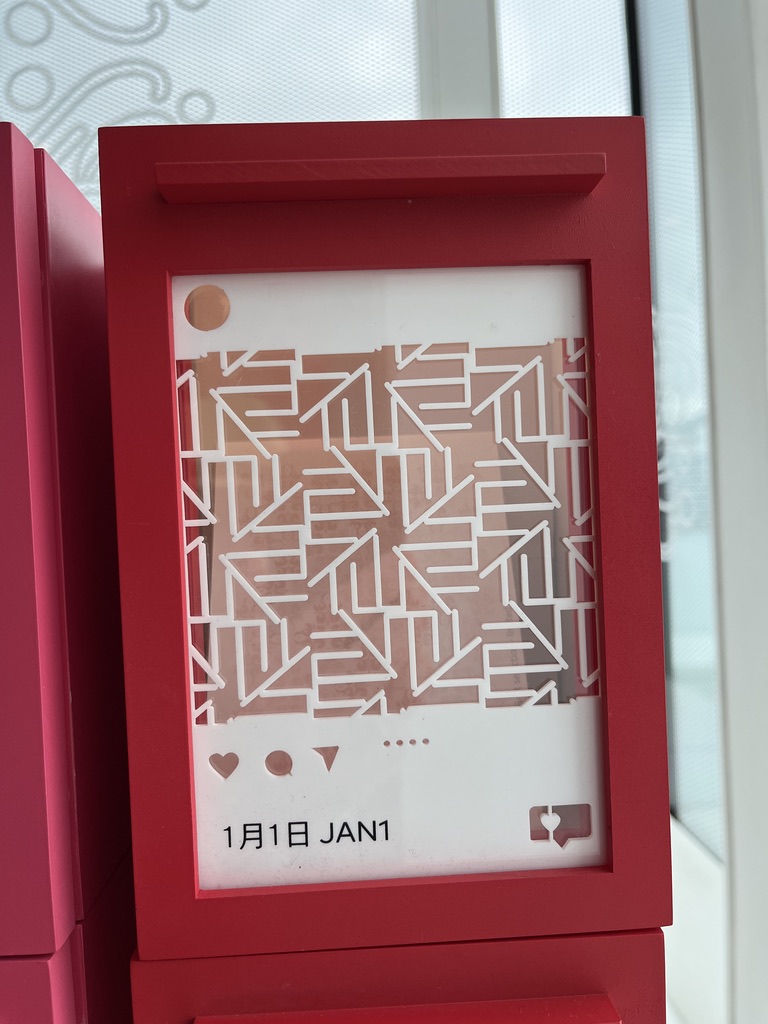
Mamsens!!!! I hope they were delicious.
I loved those mailboxes in the children’s wing. I thought Brian’s pattern won for most awesome, and that both my sons’ patterns matched their personalities perfectly.